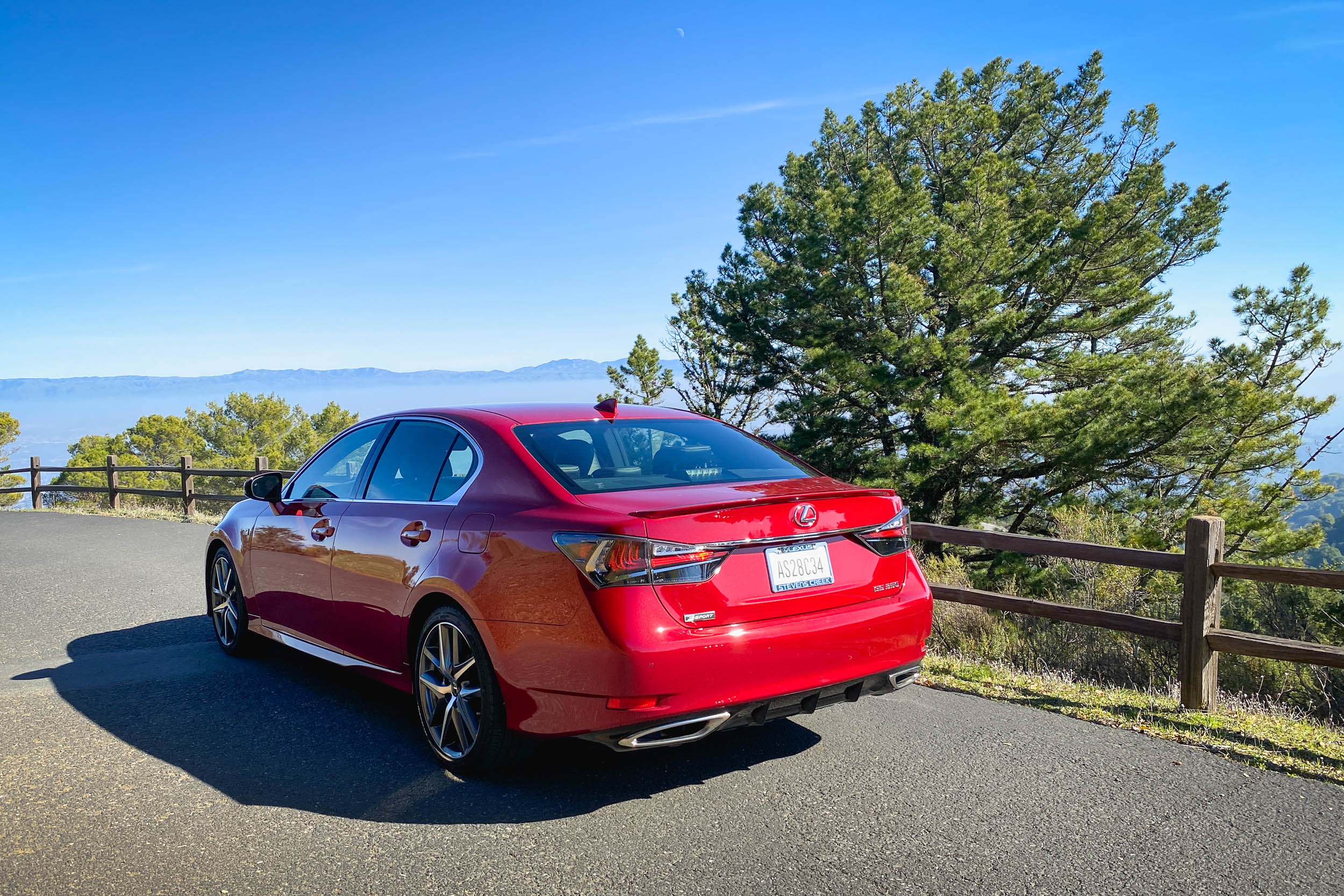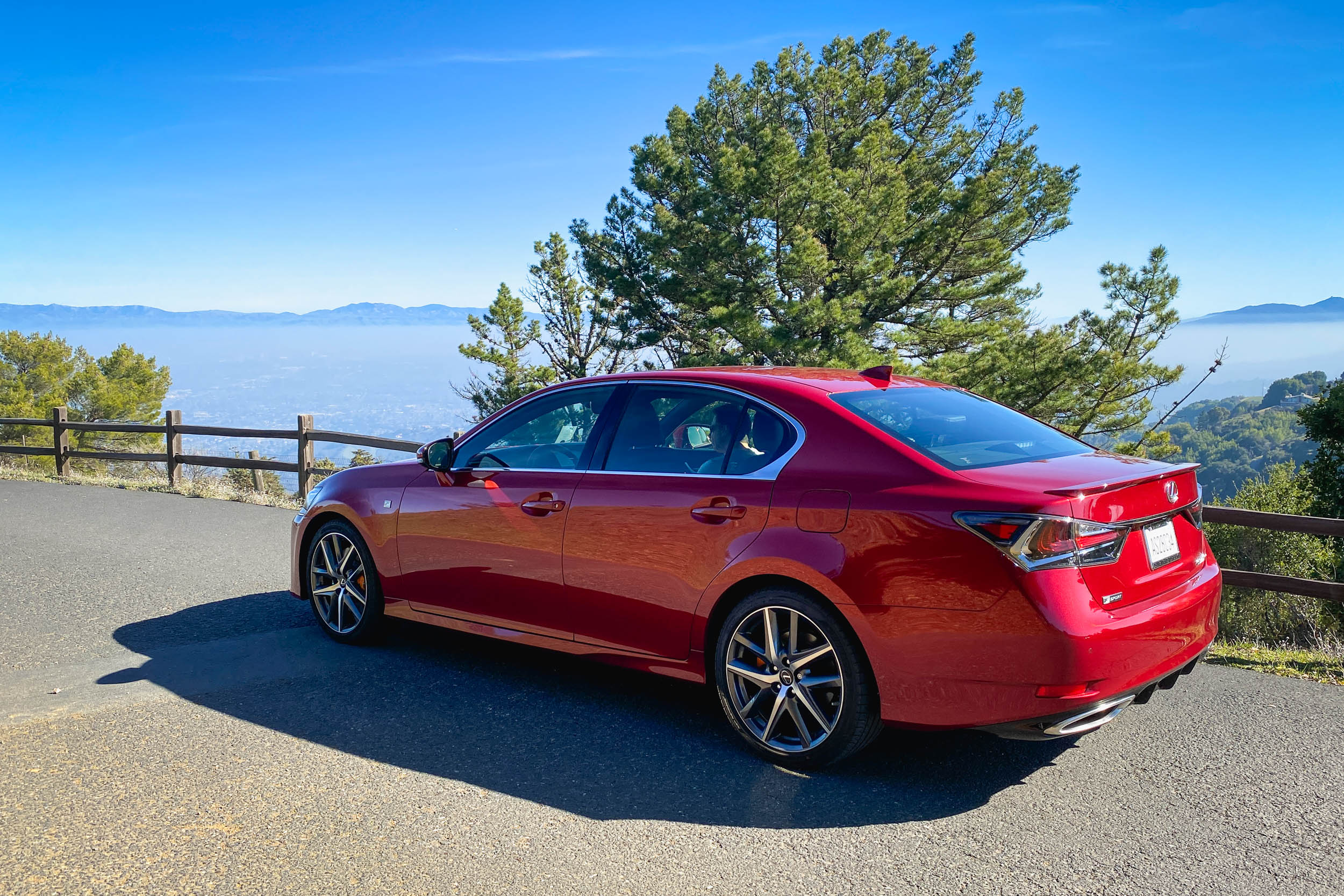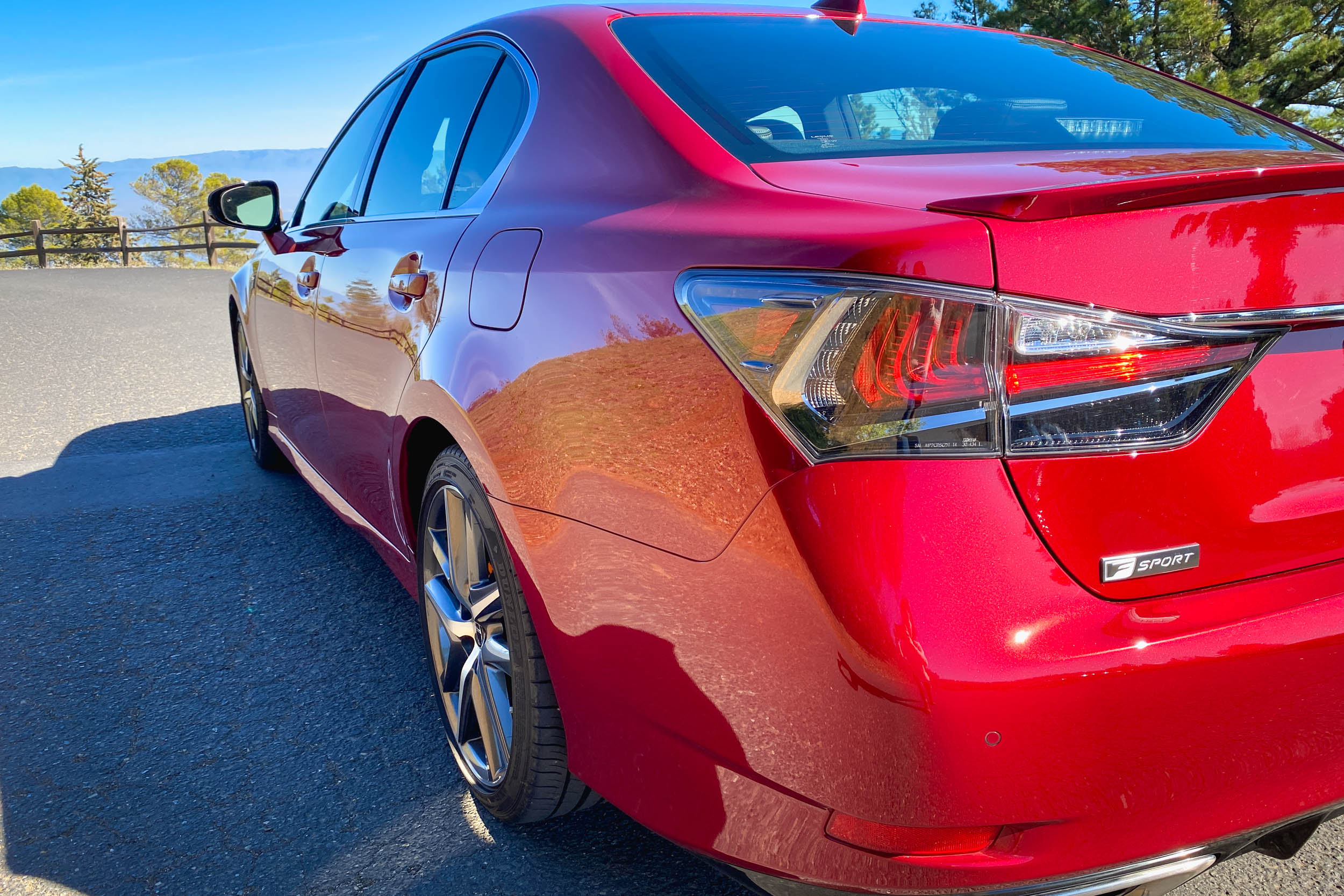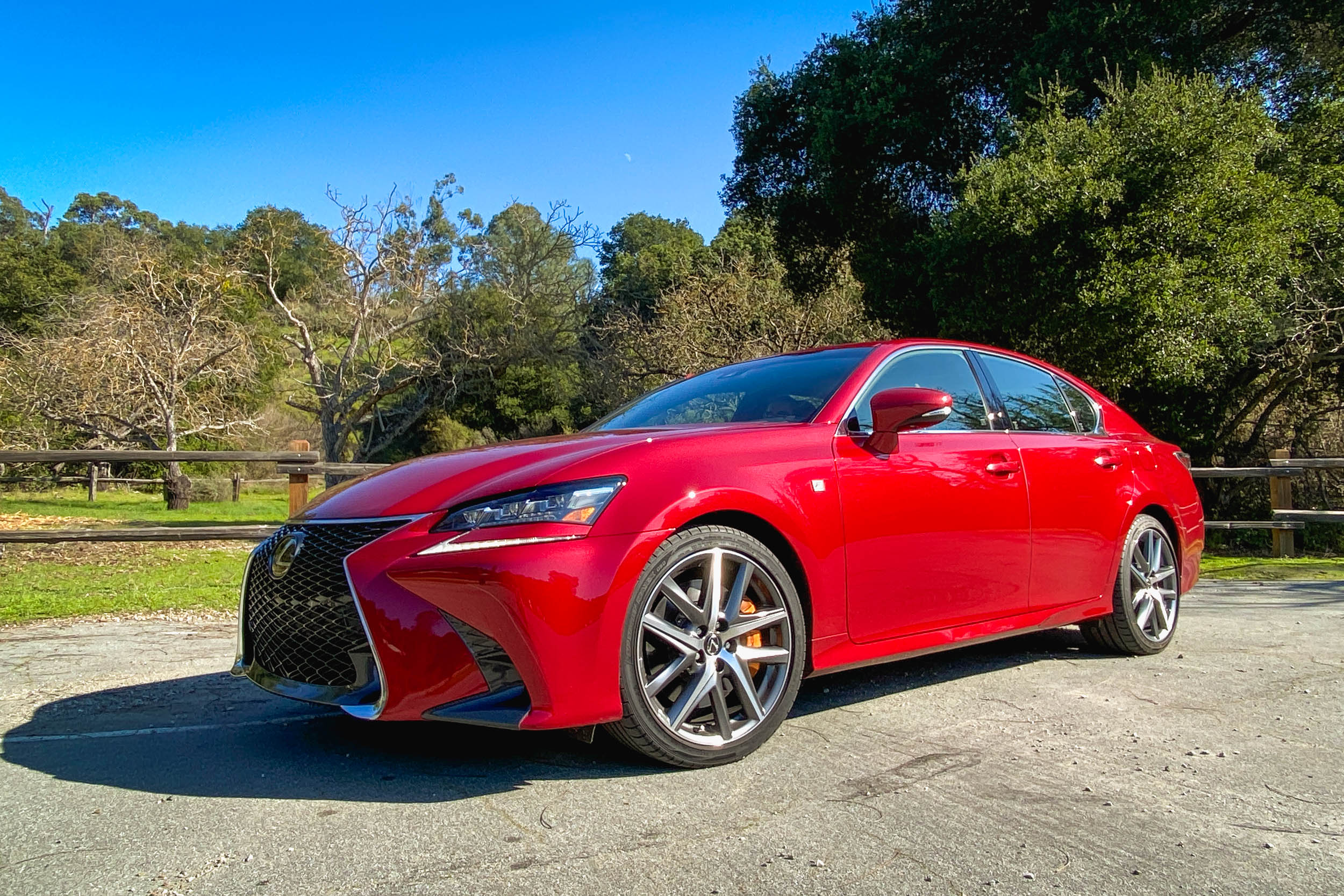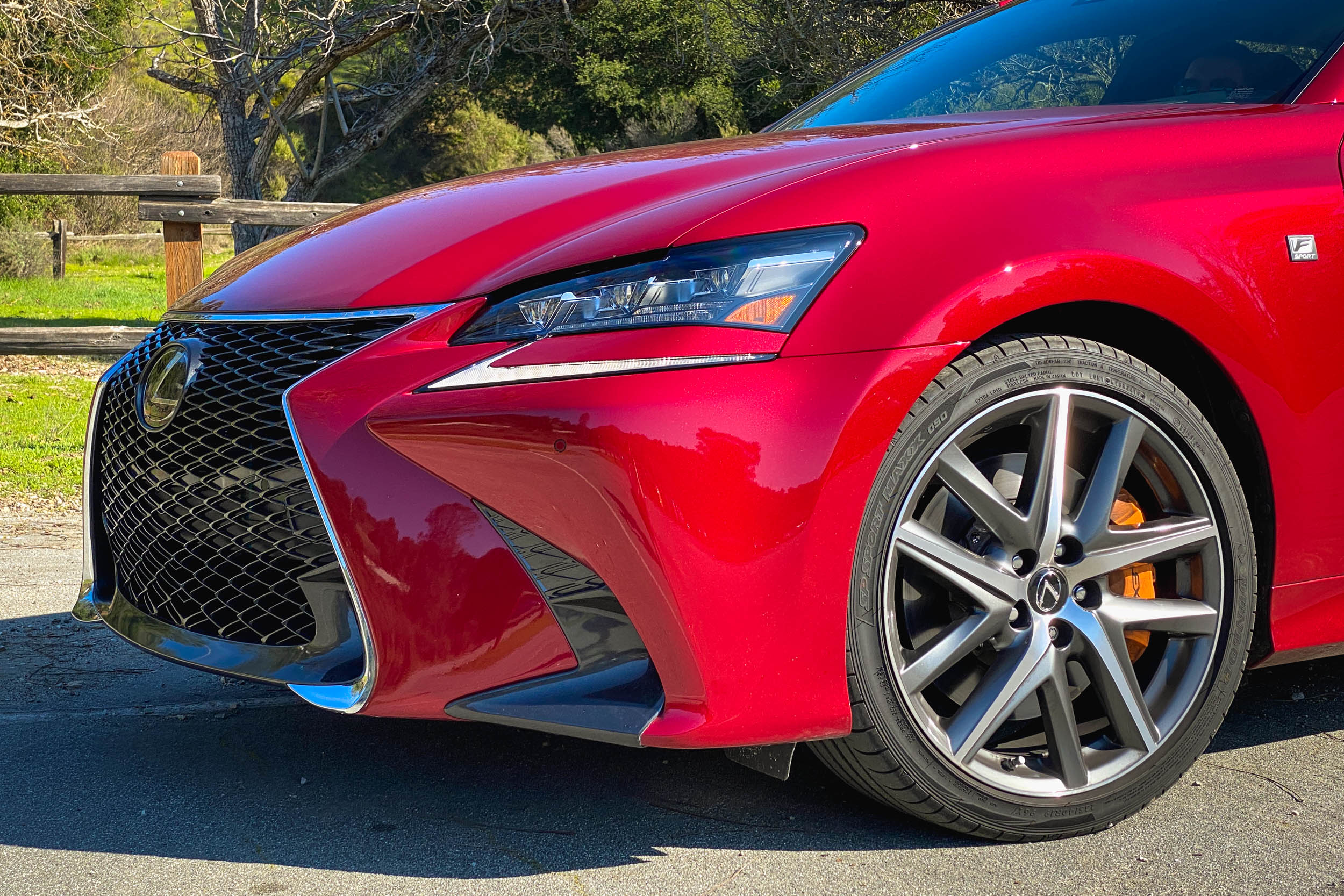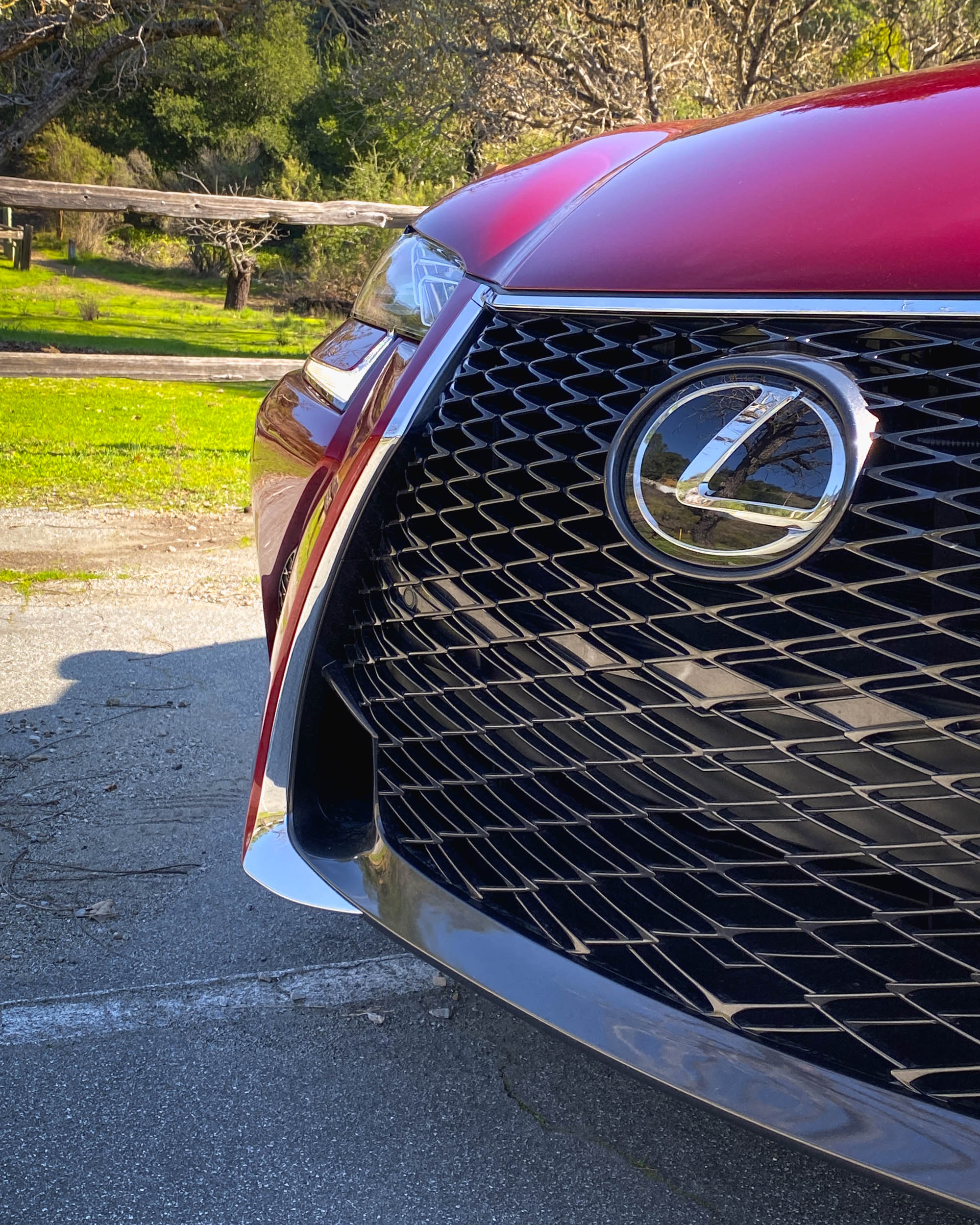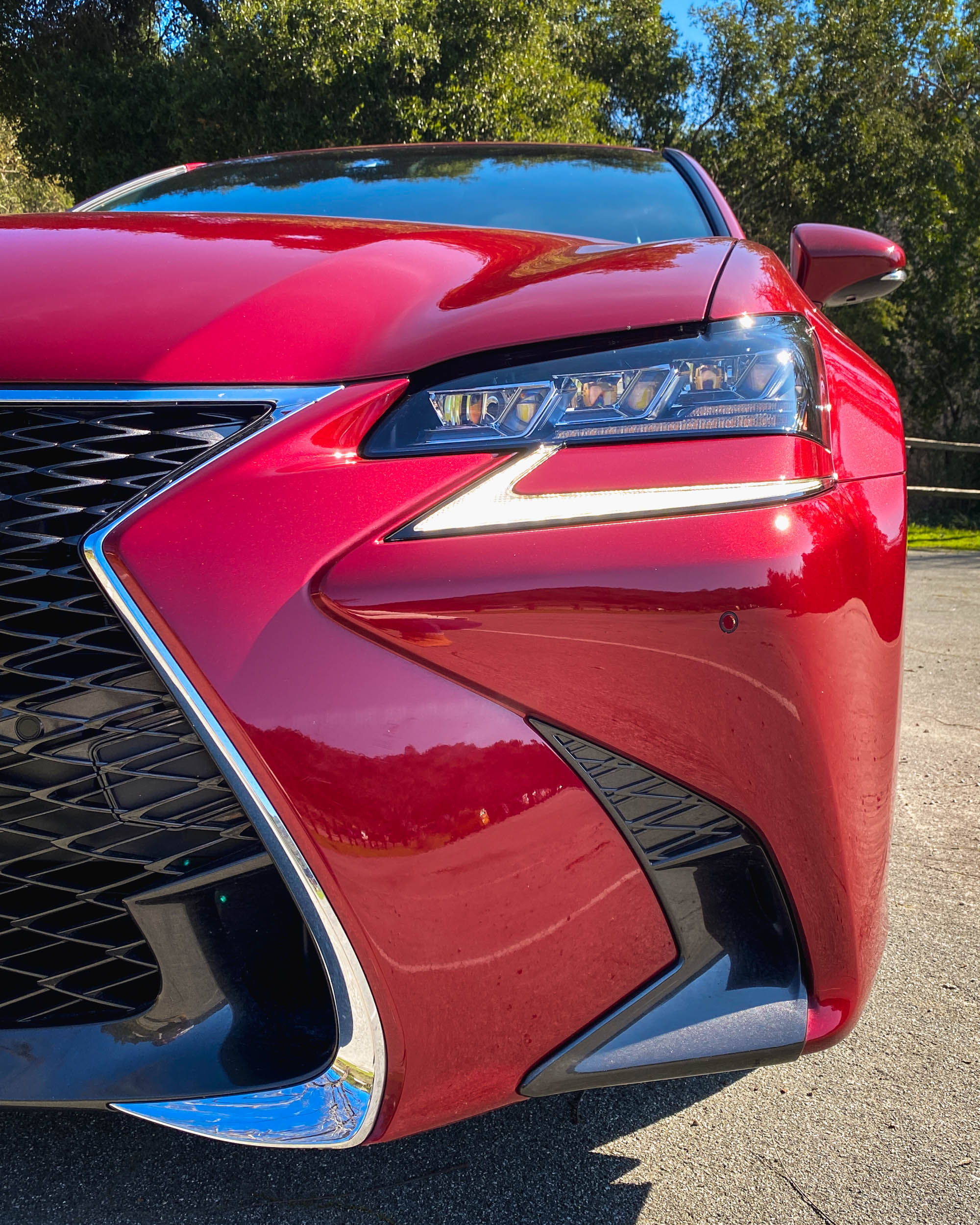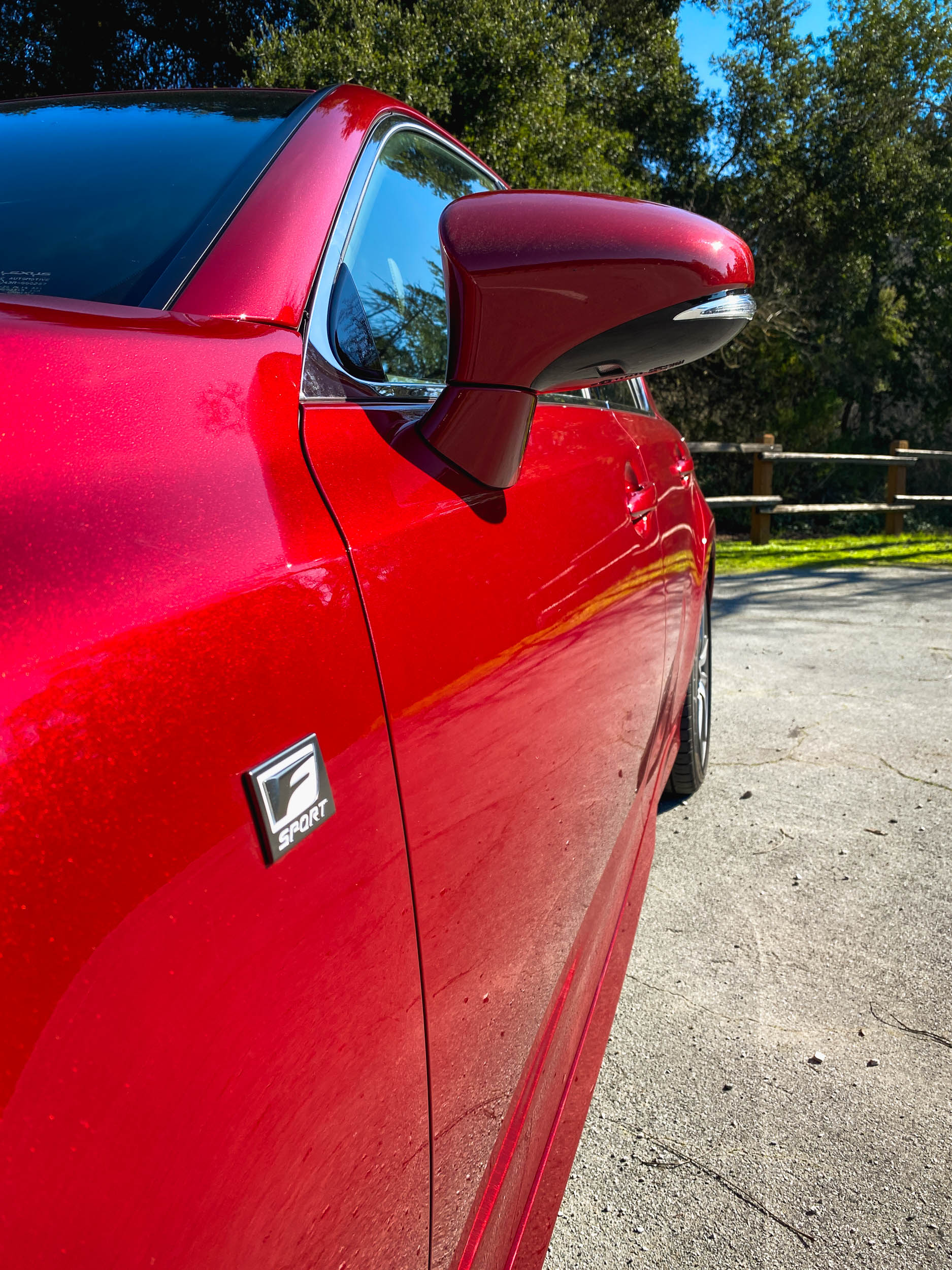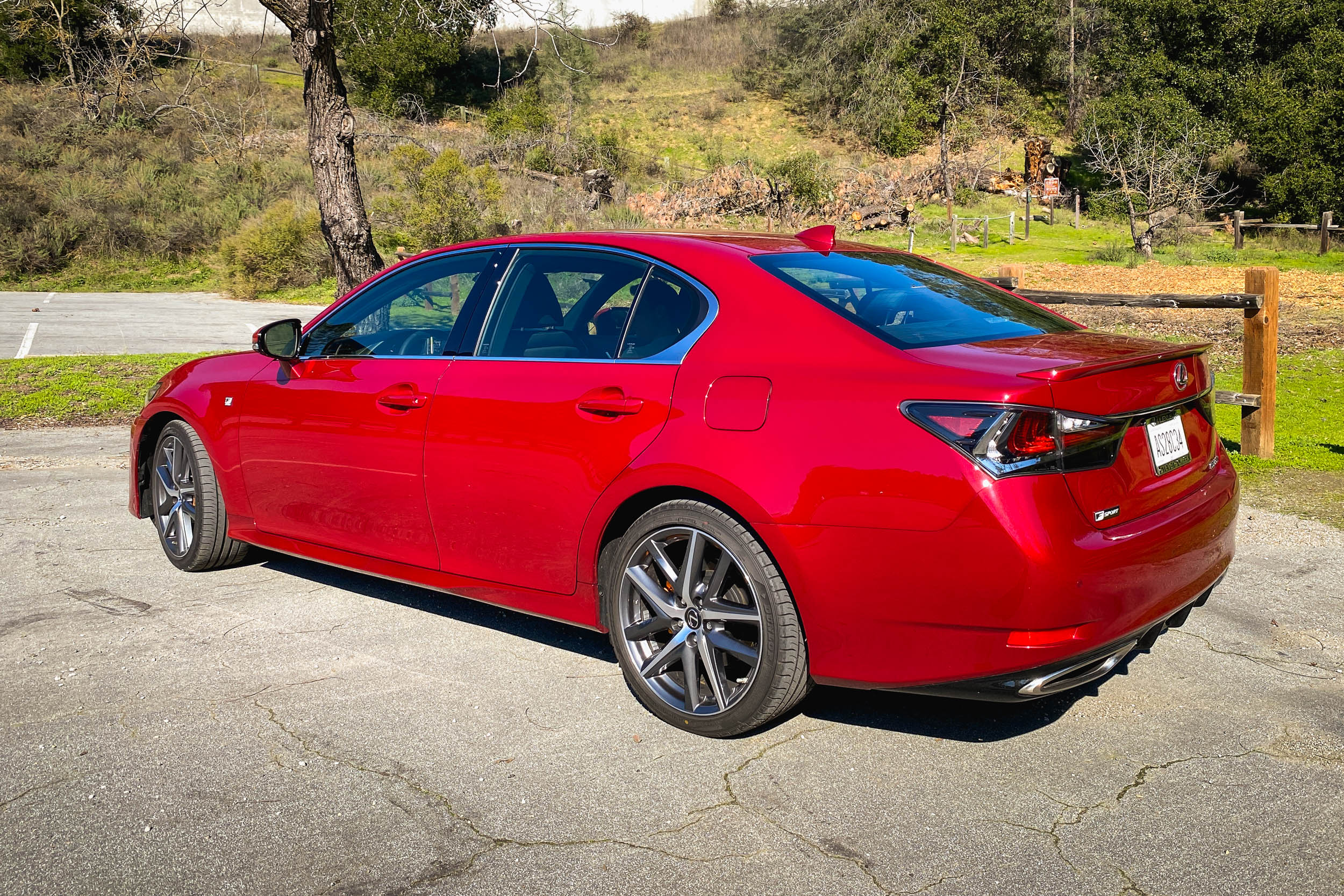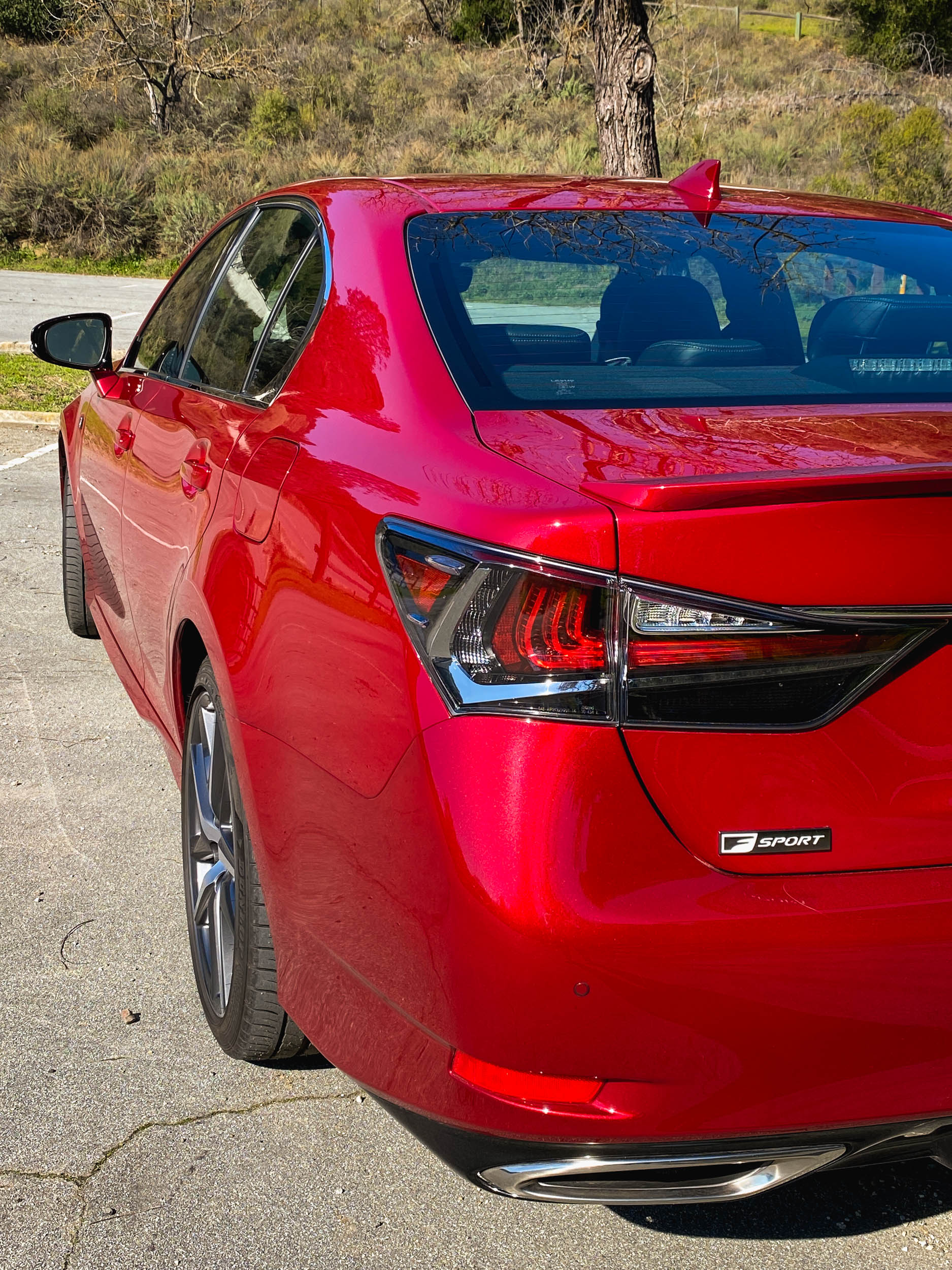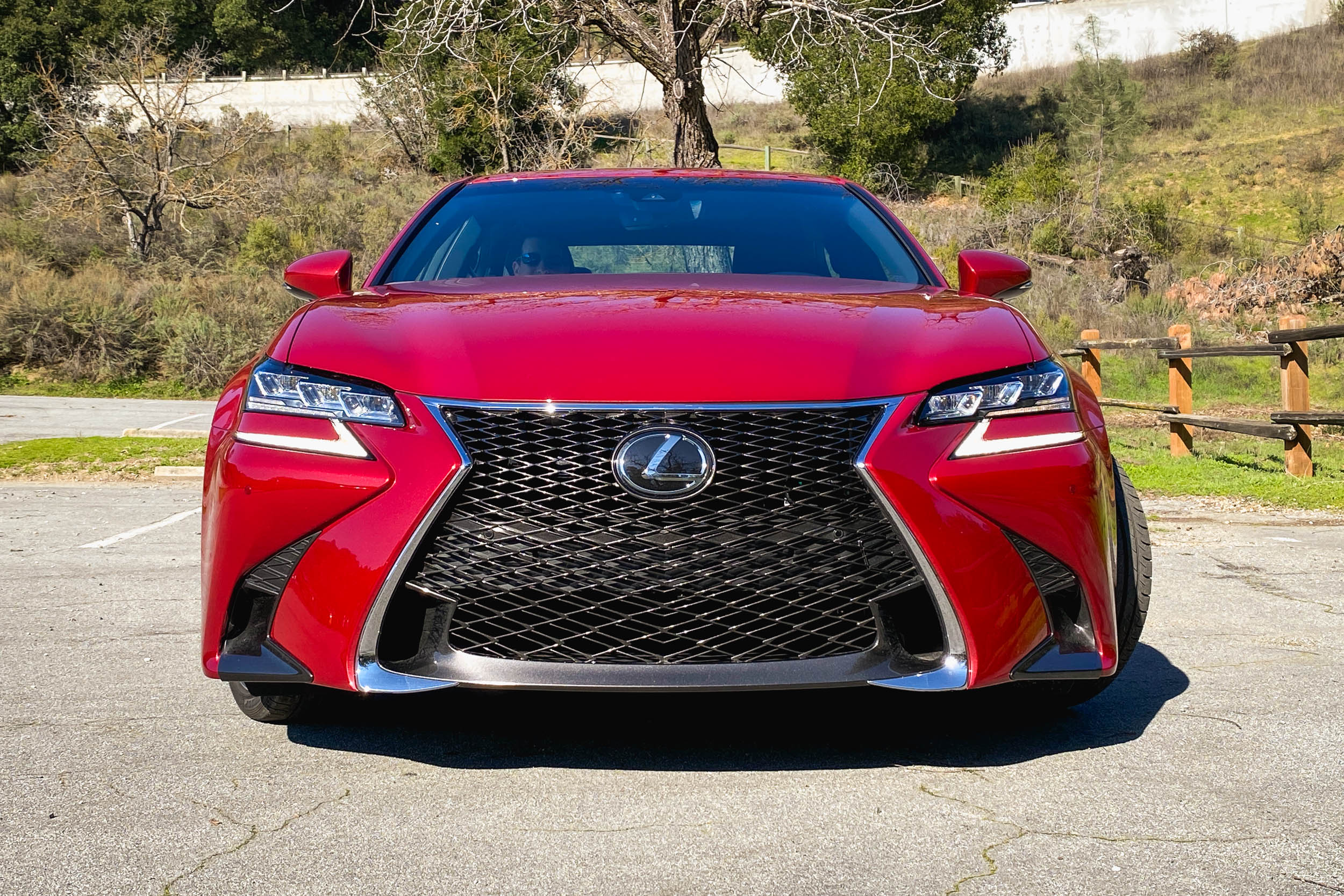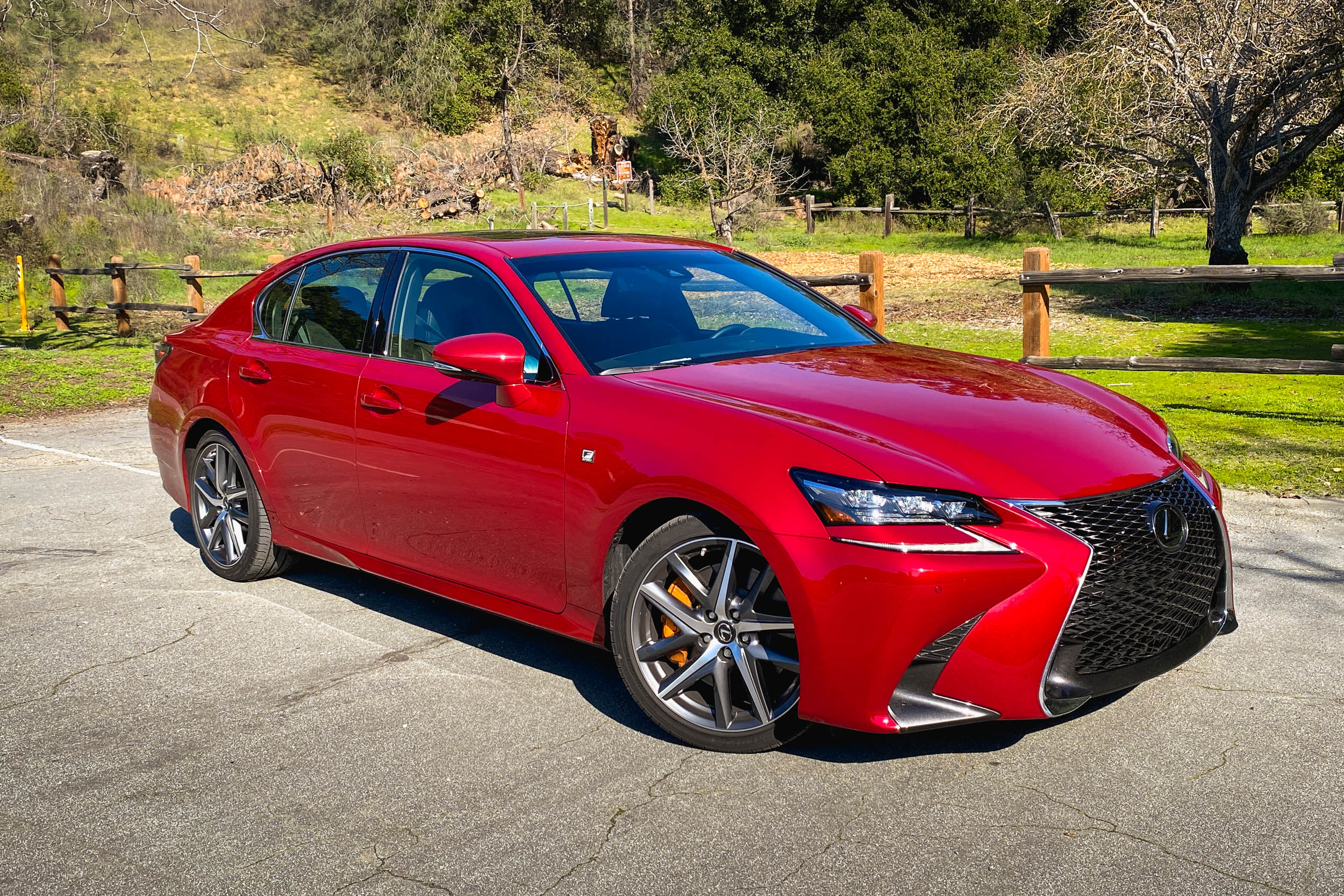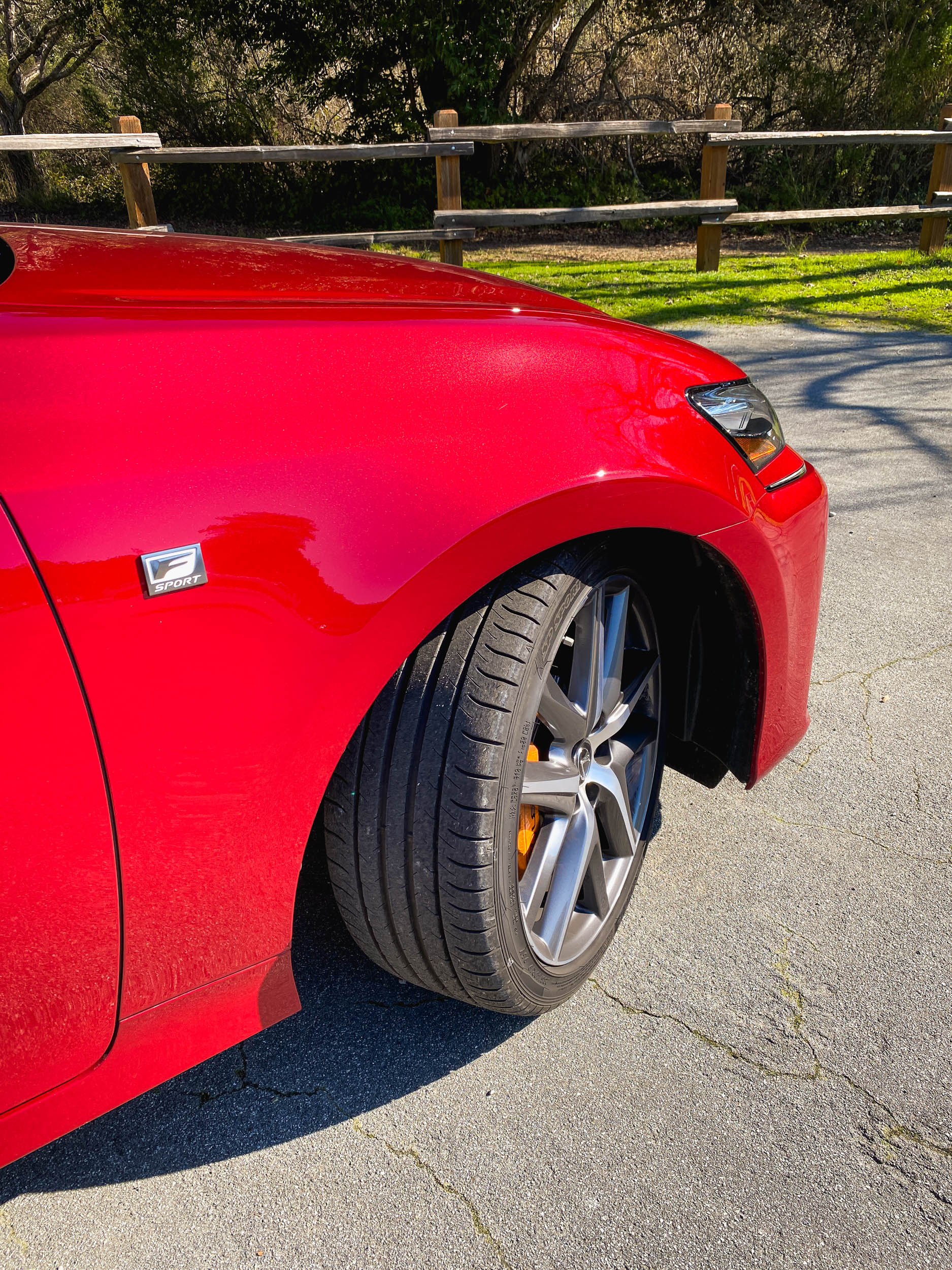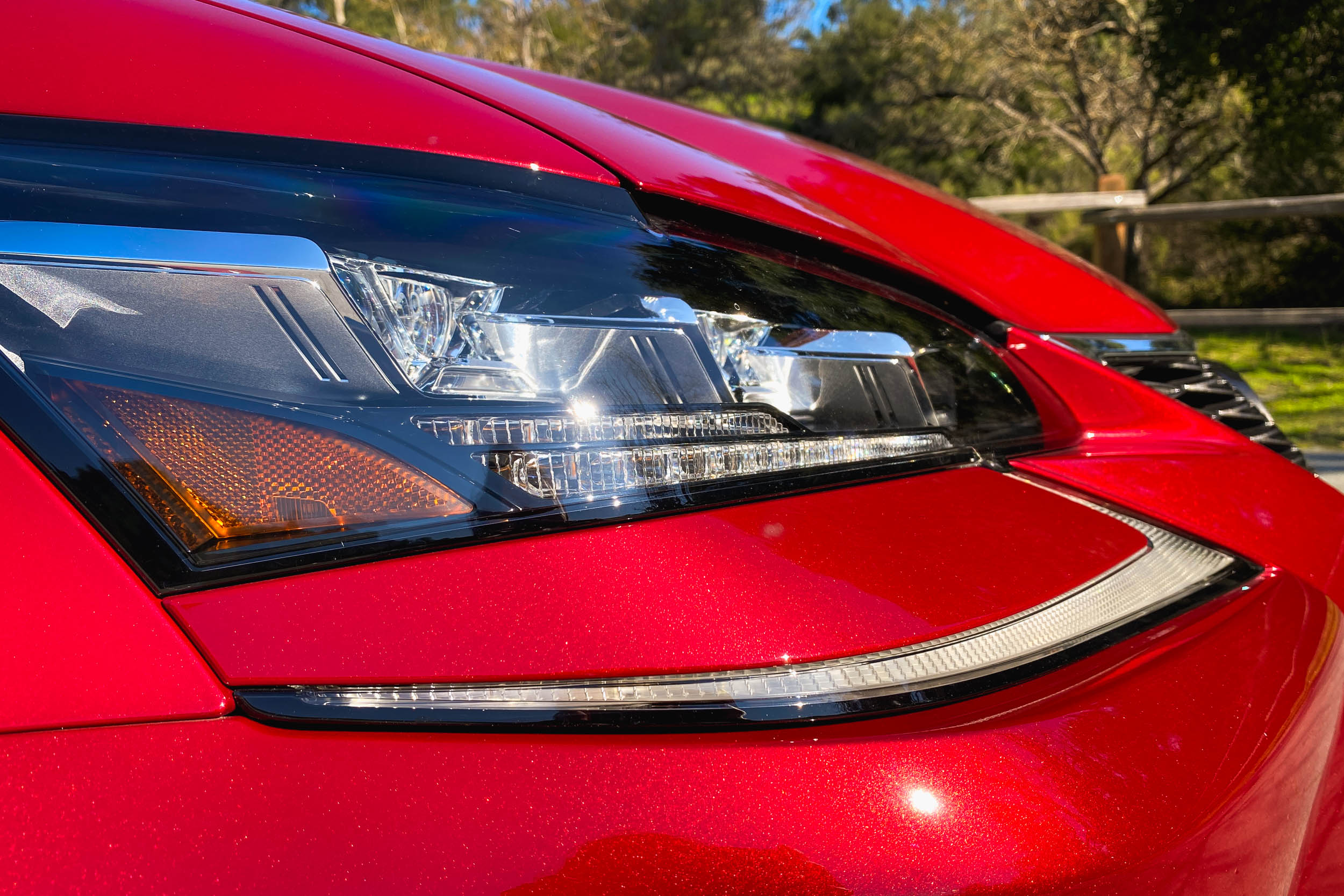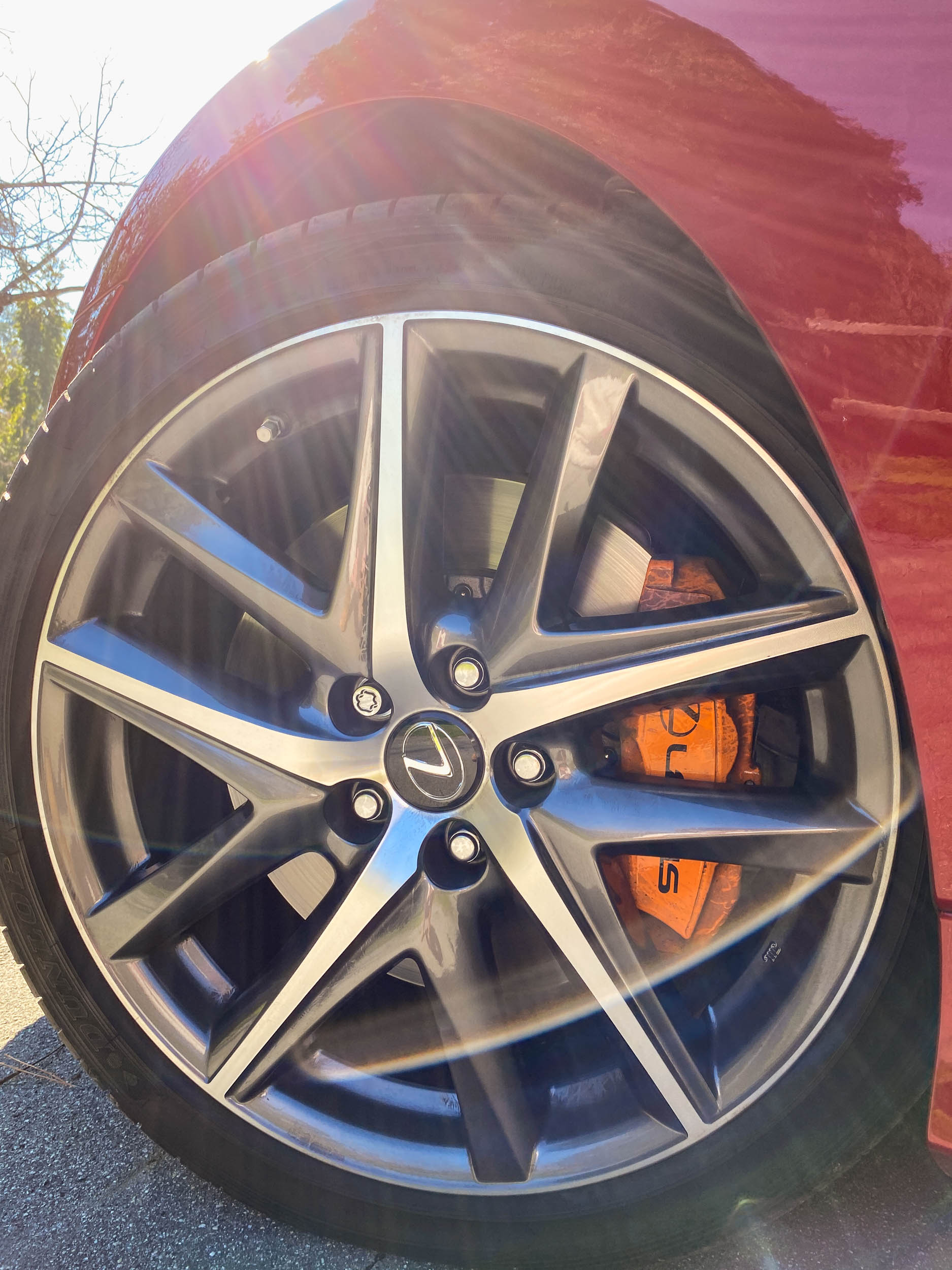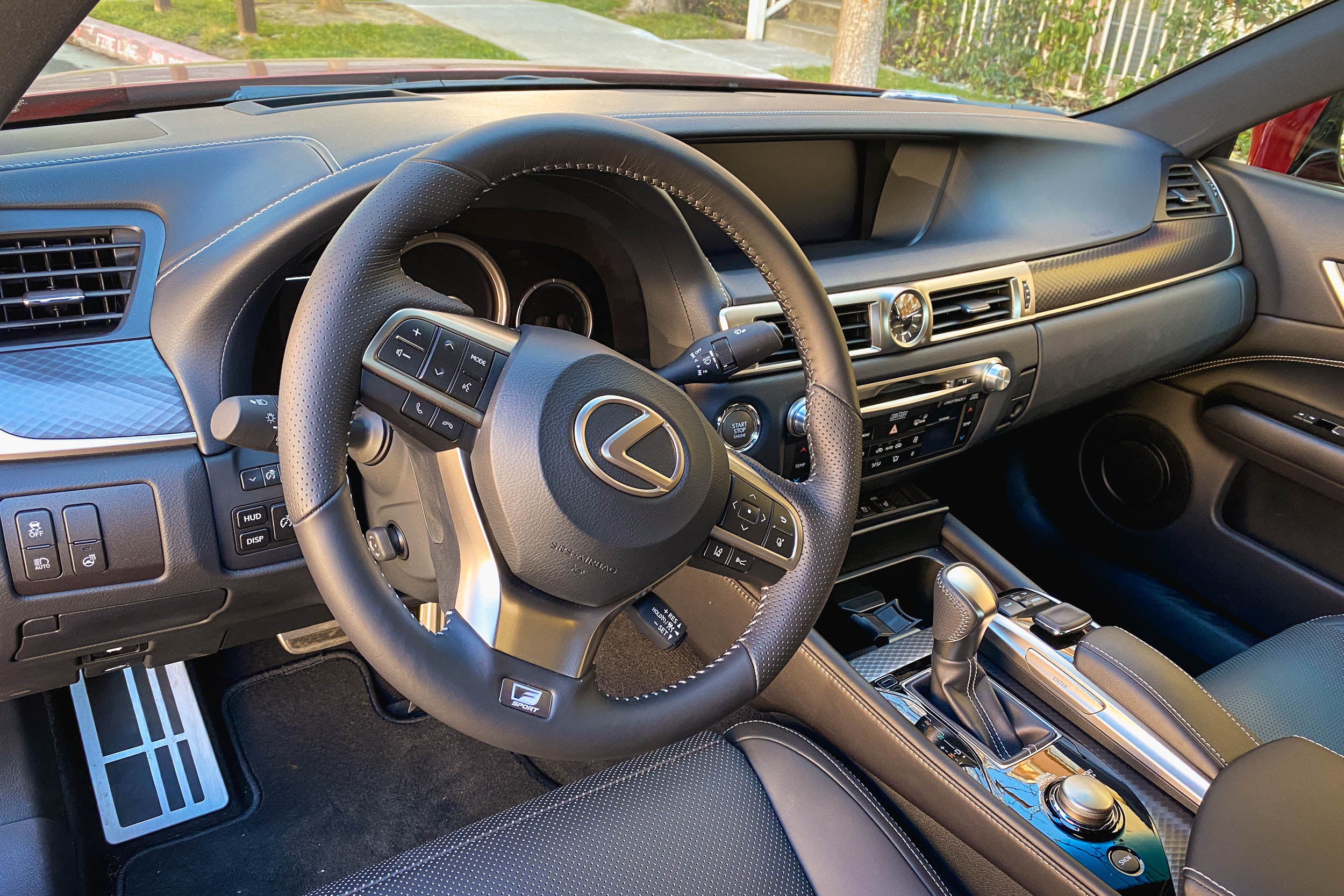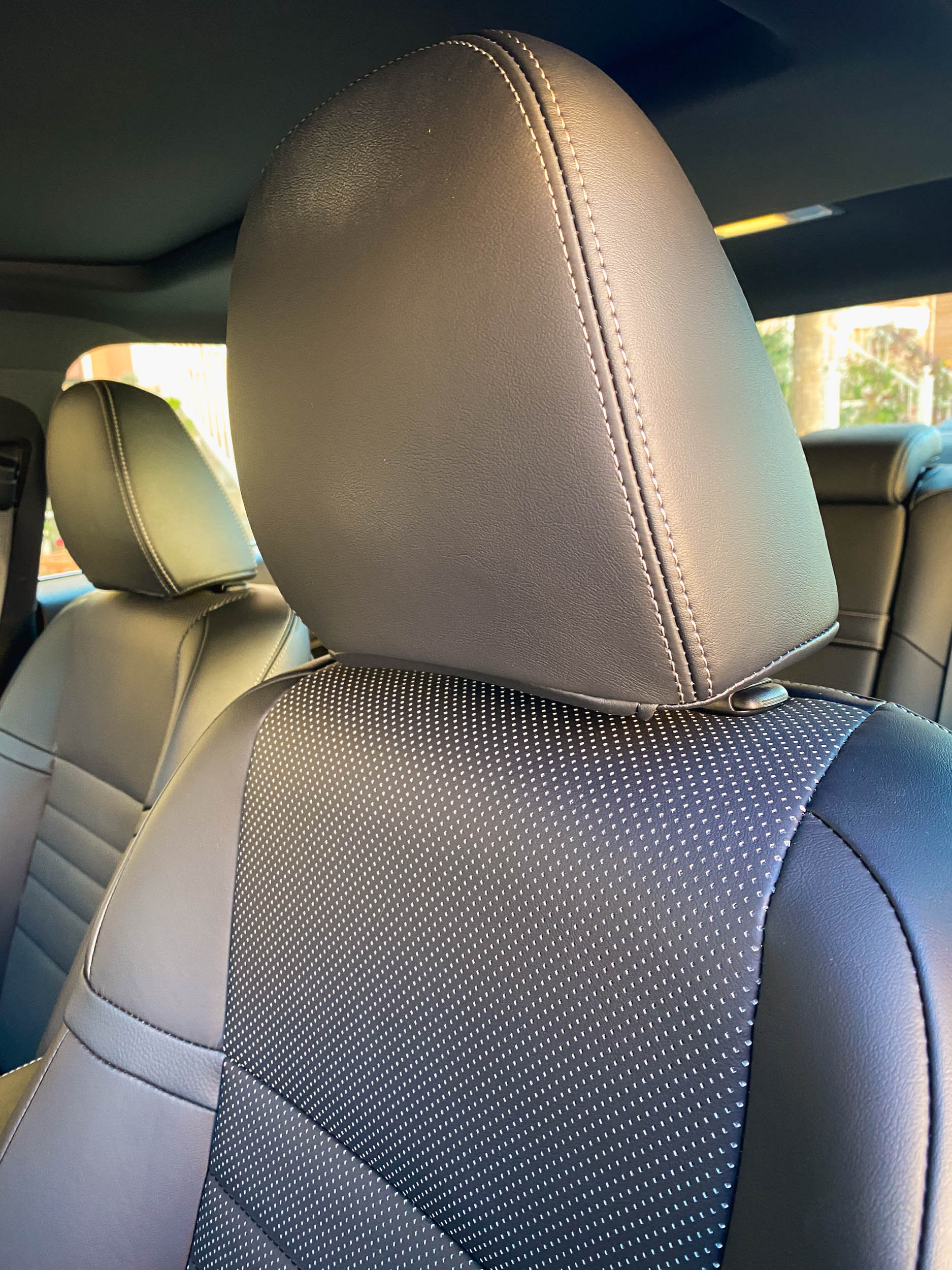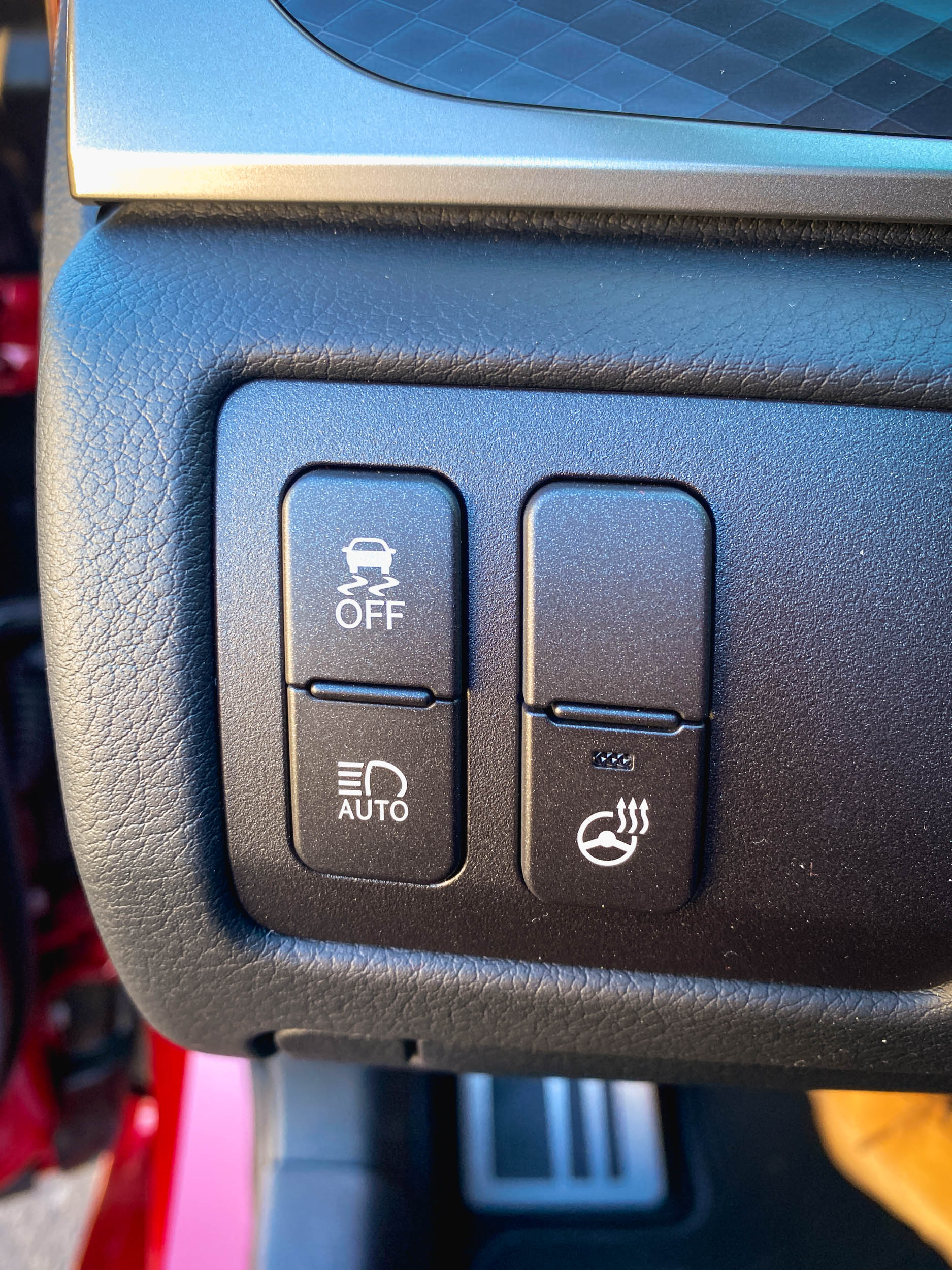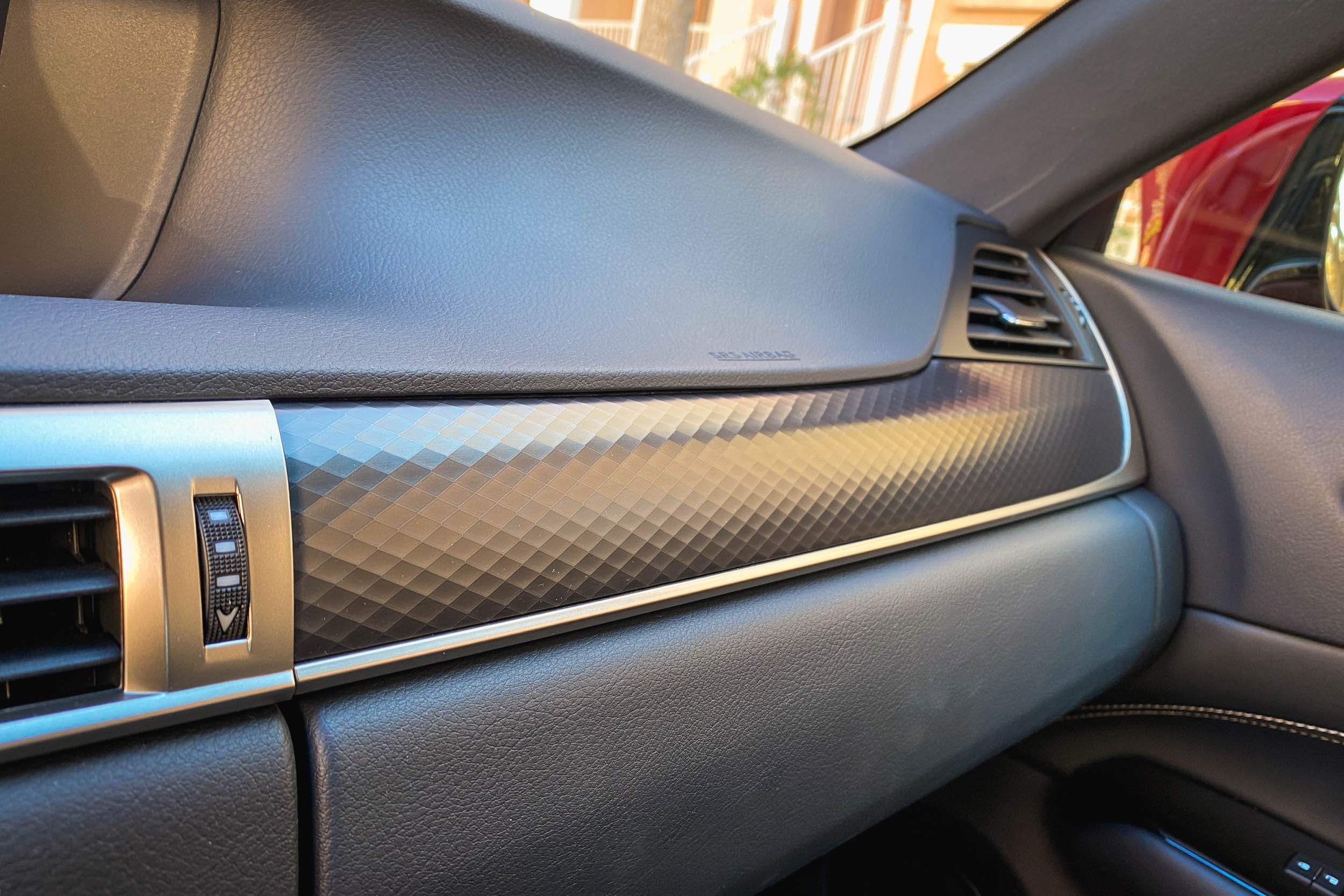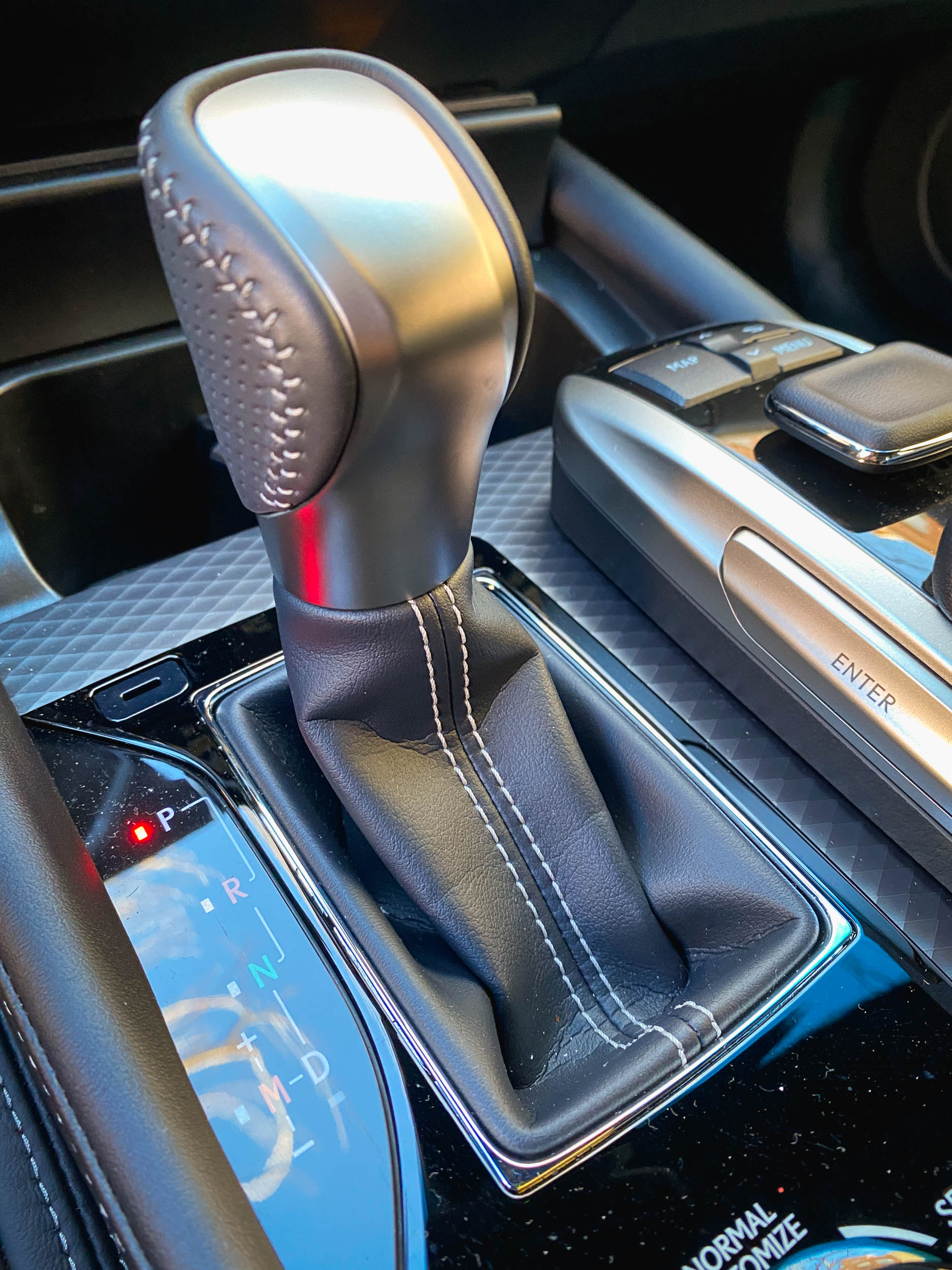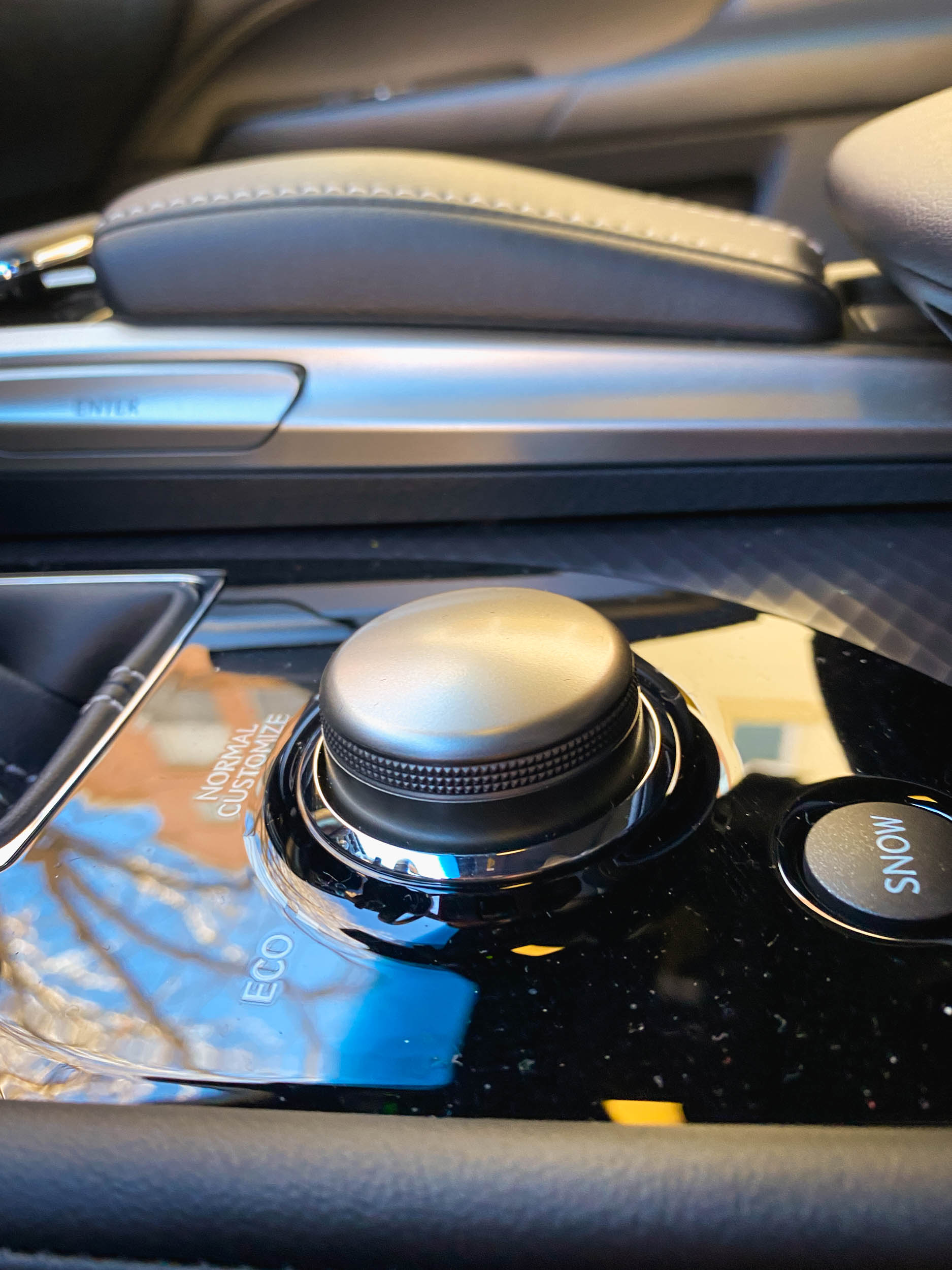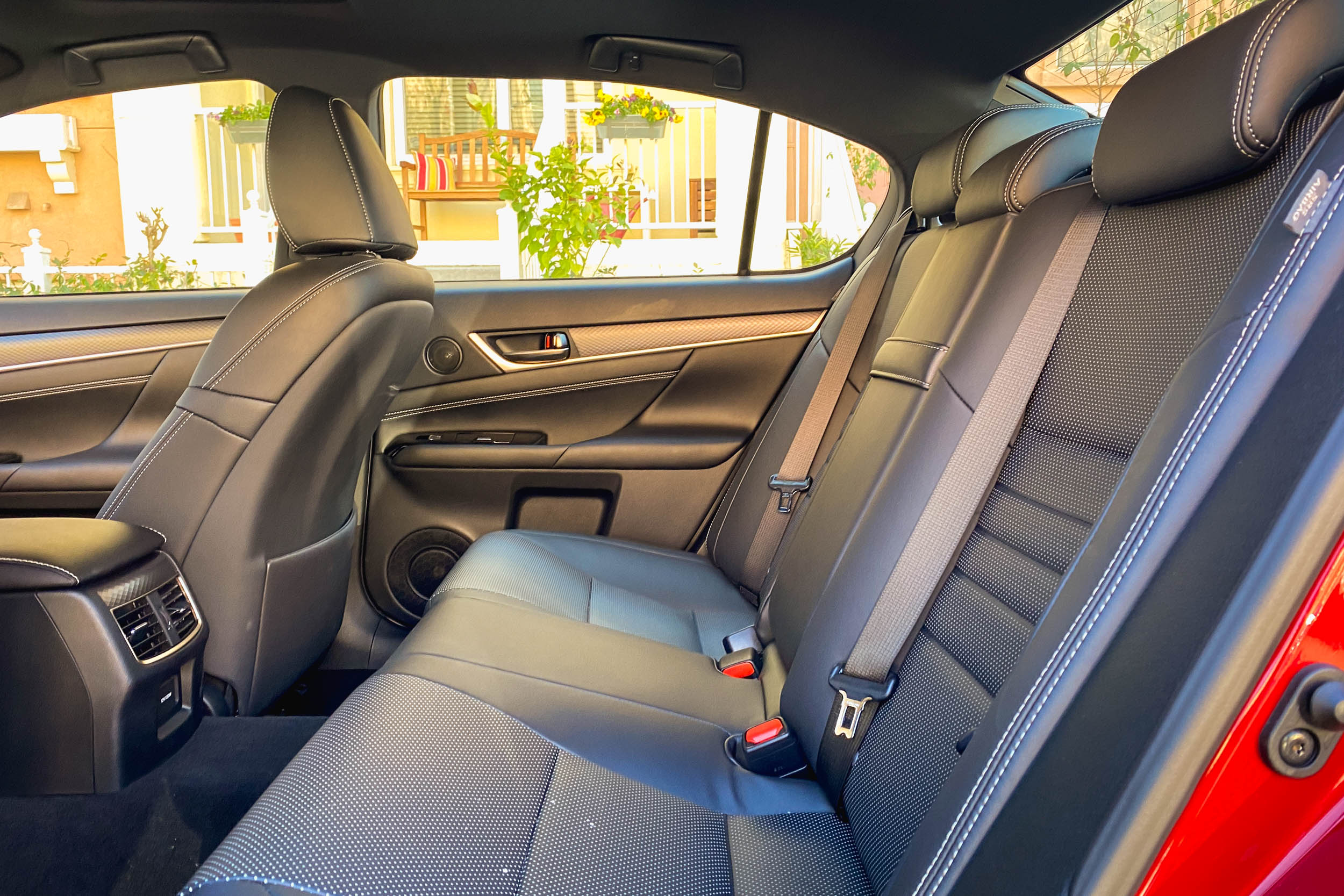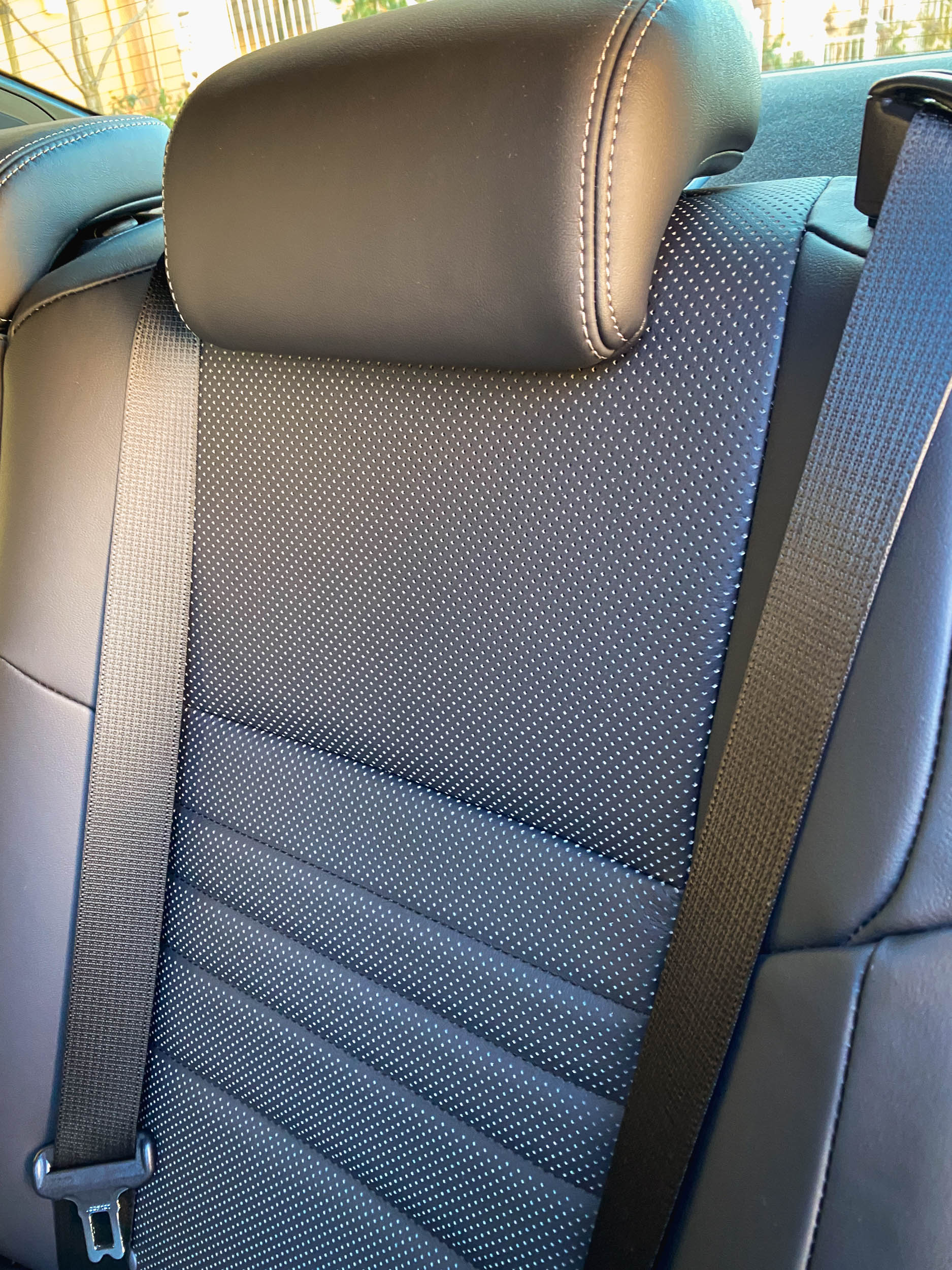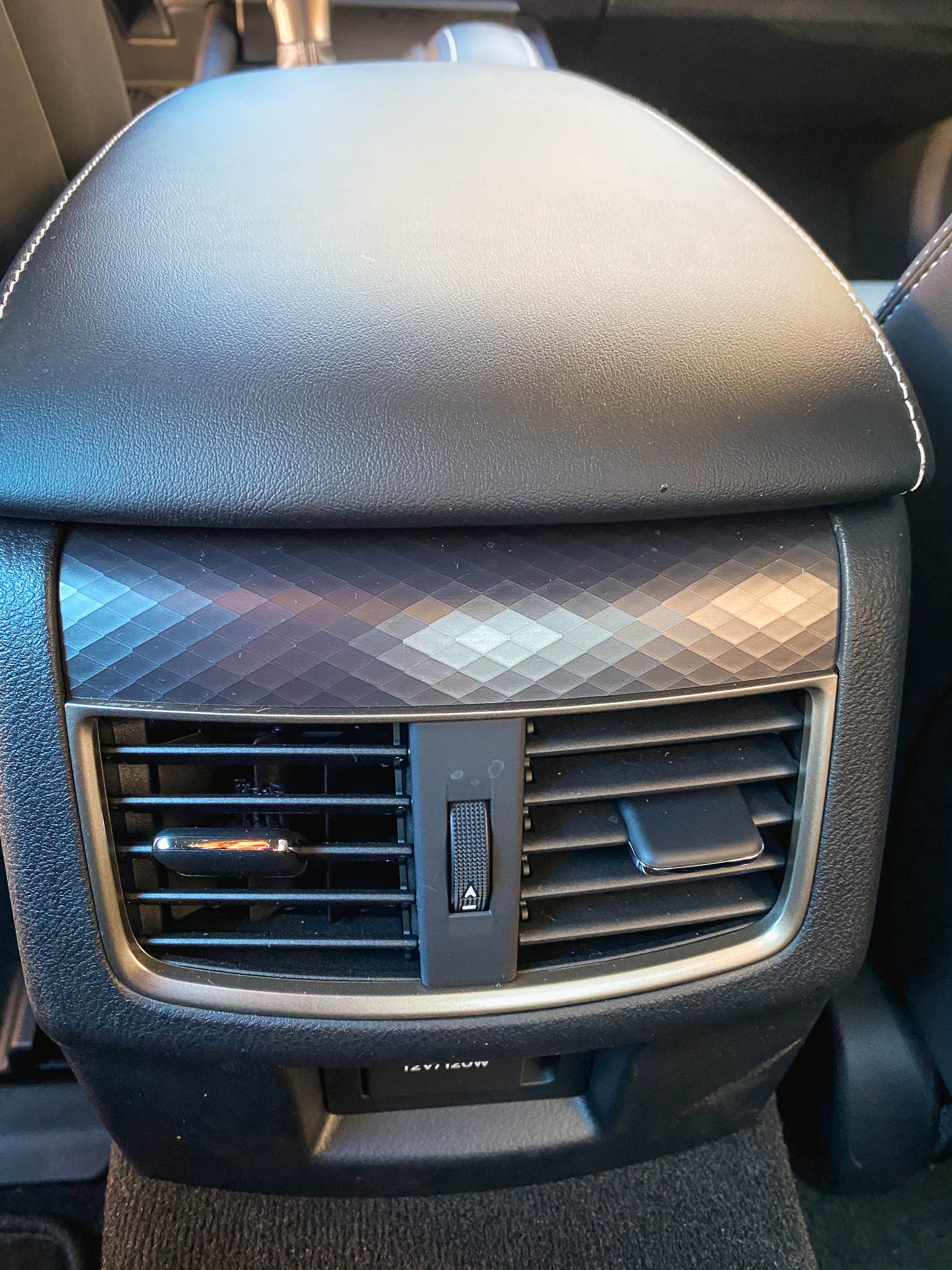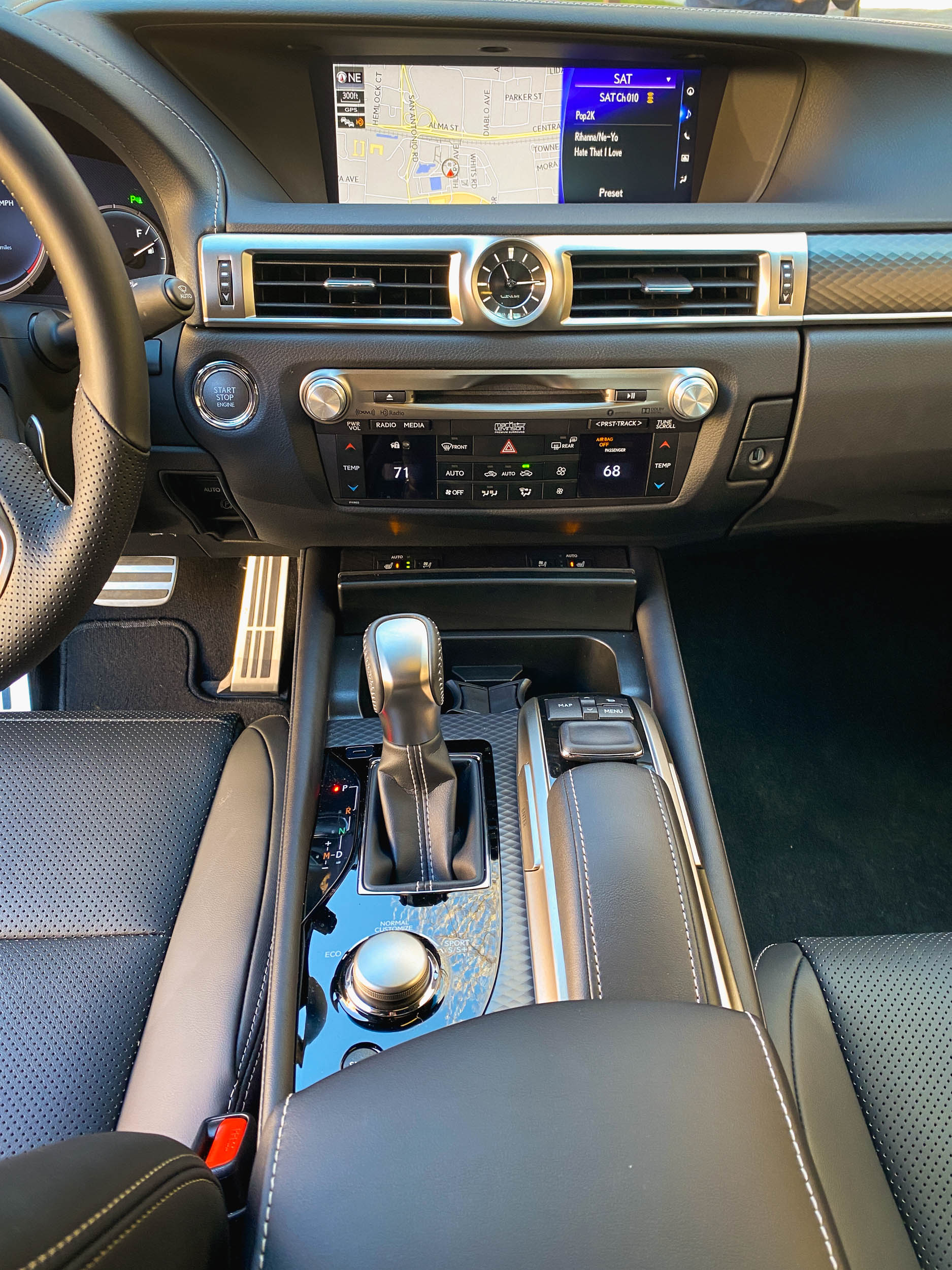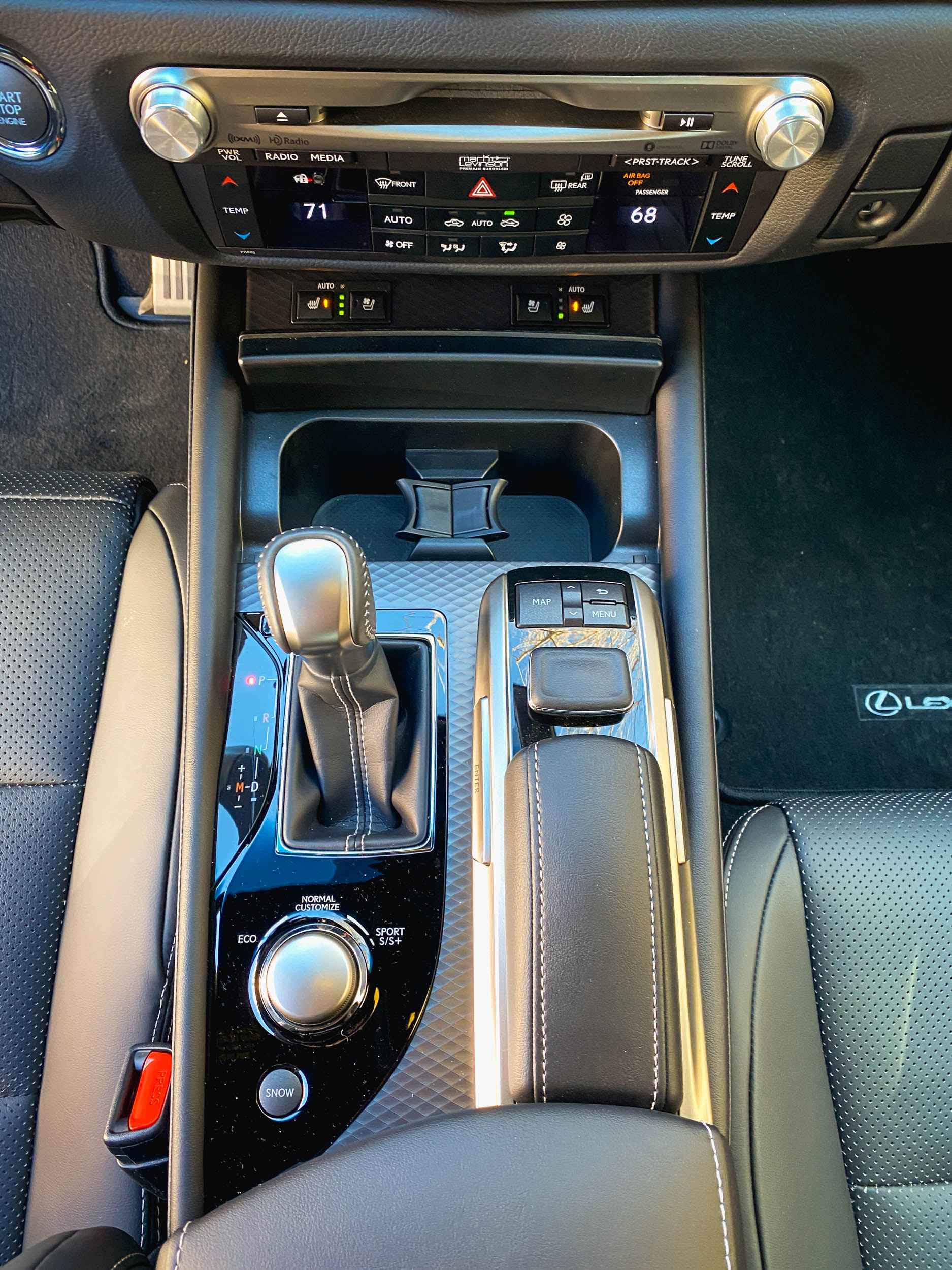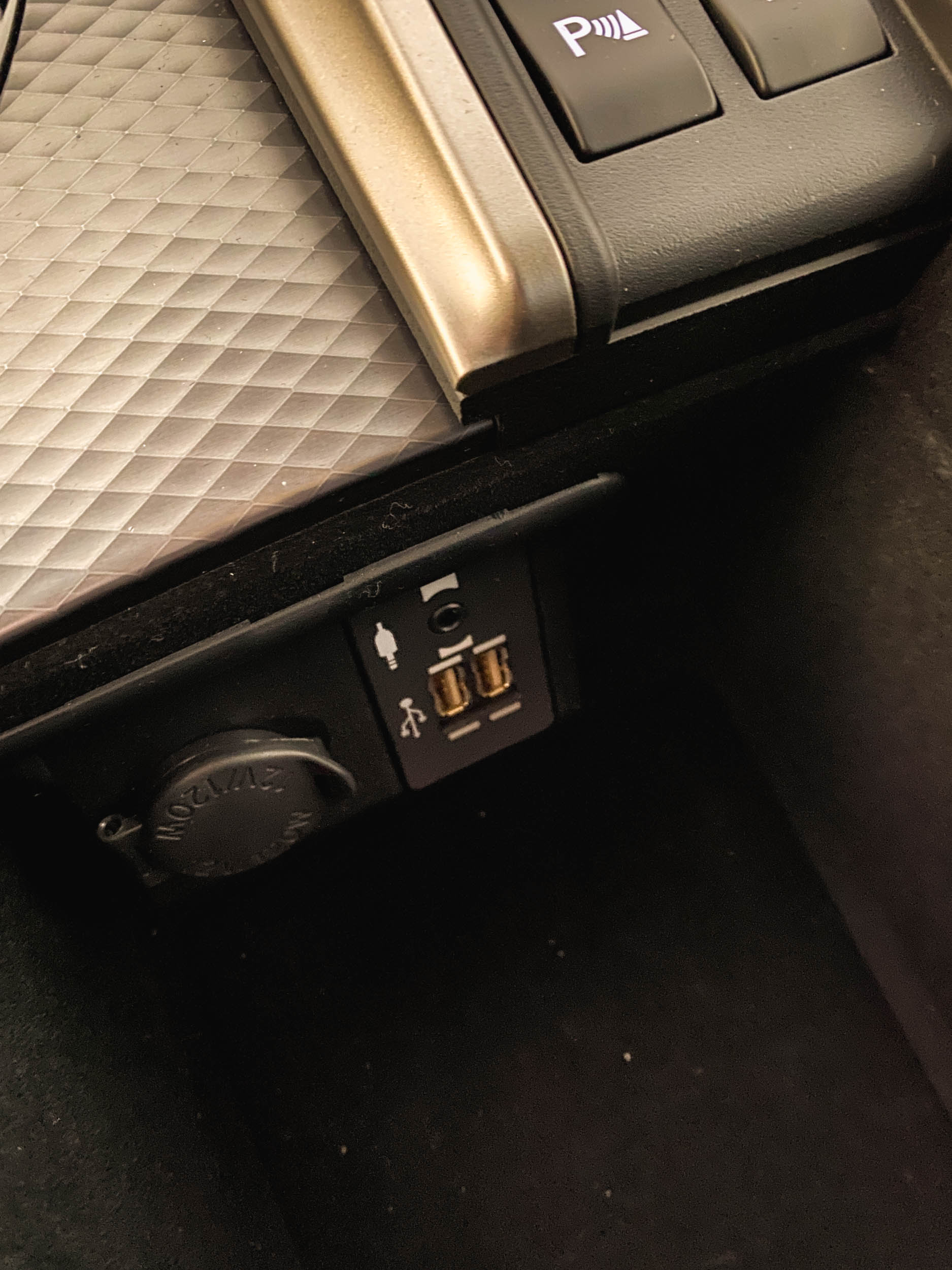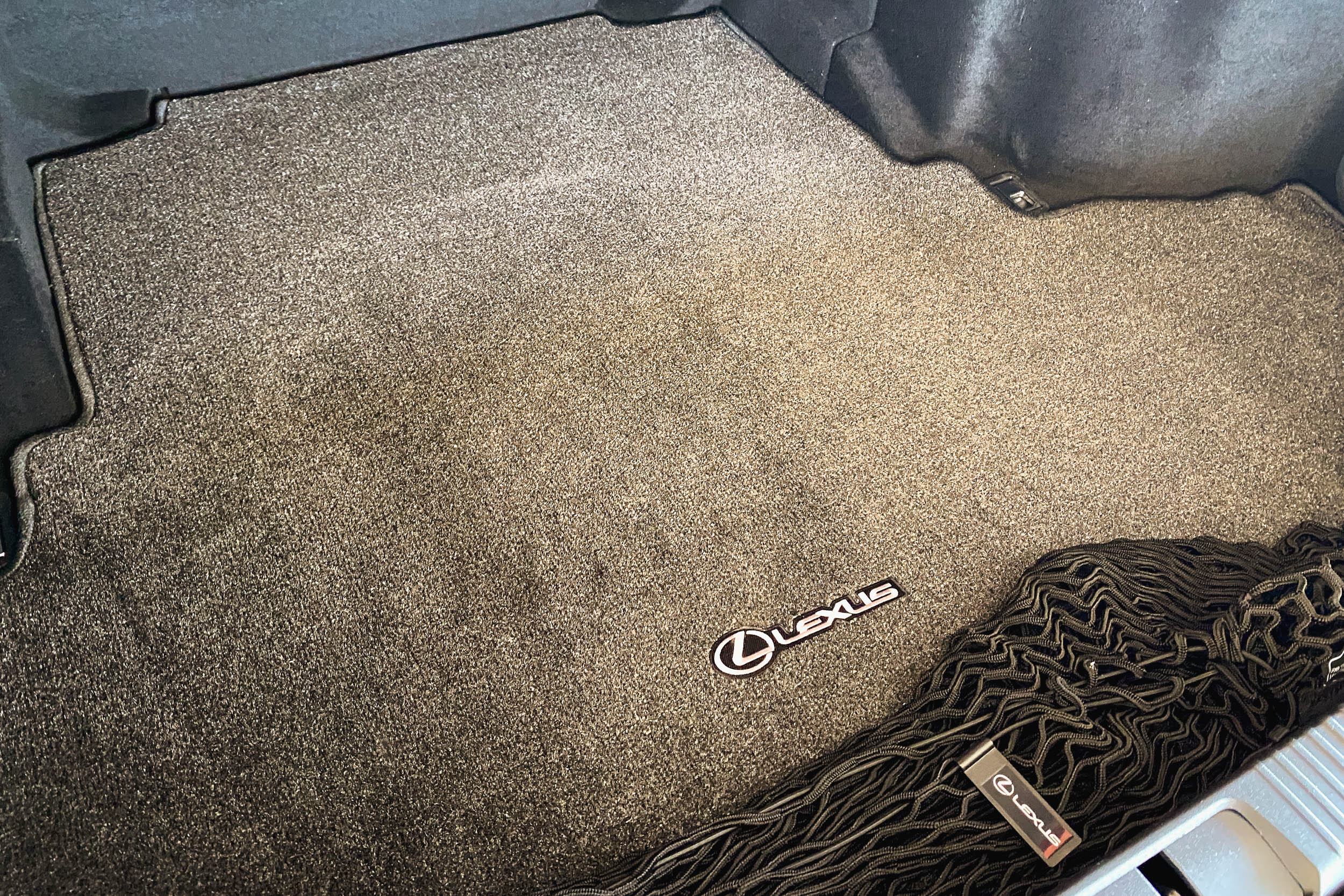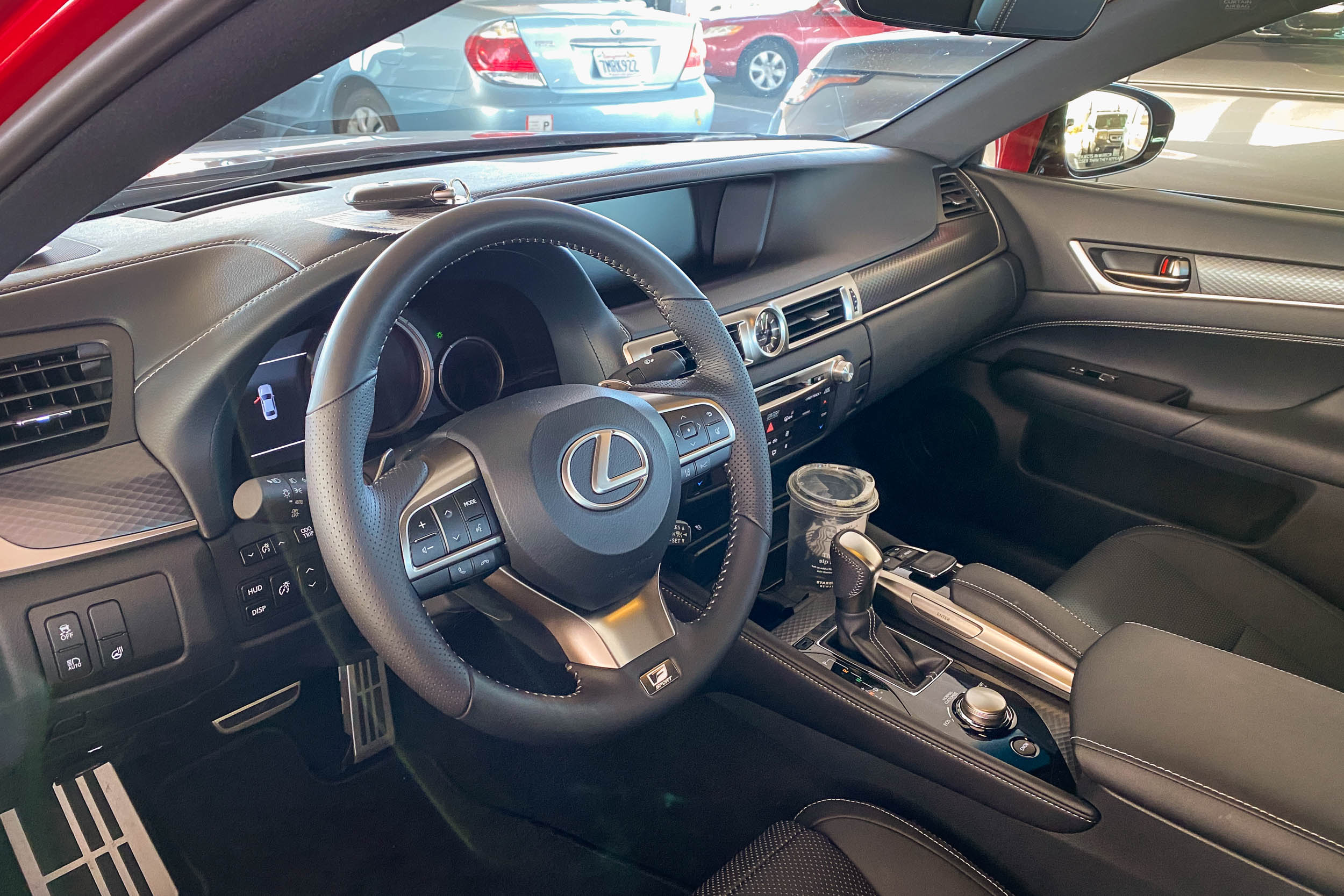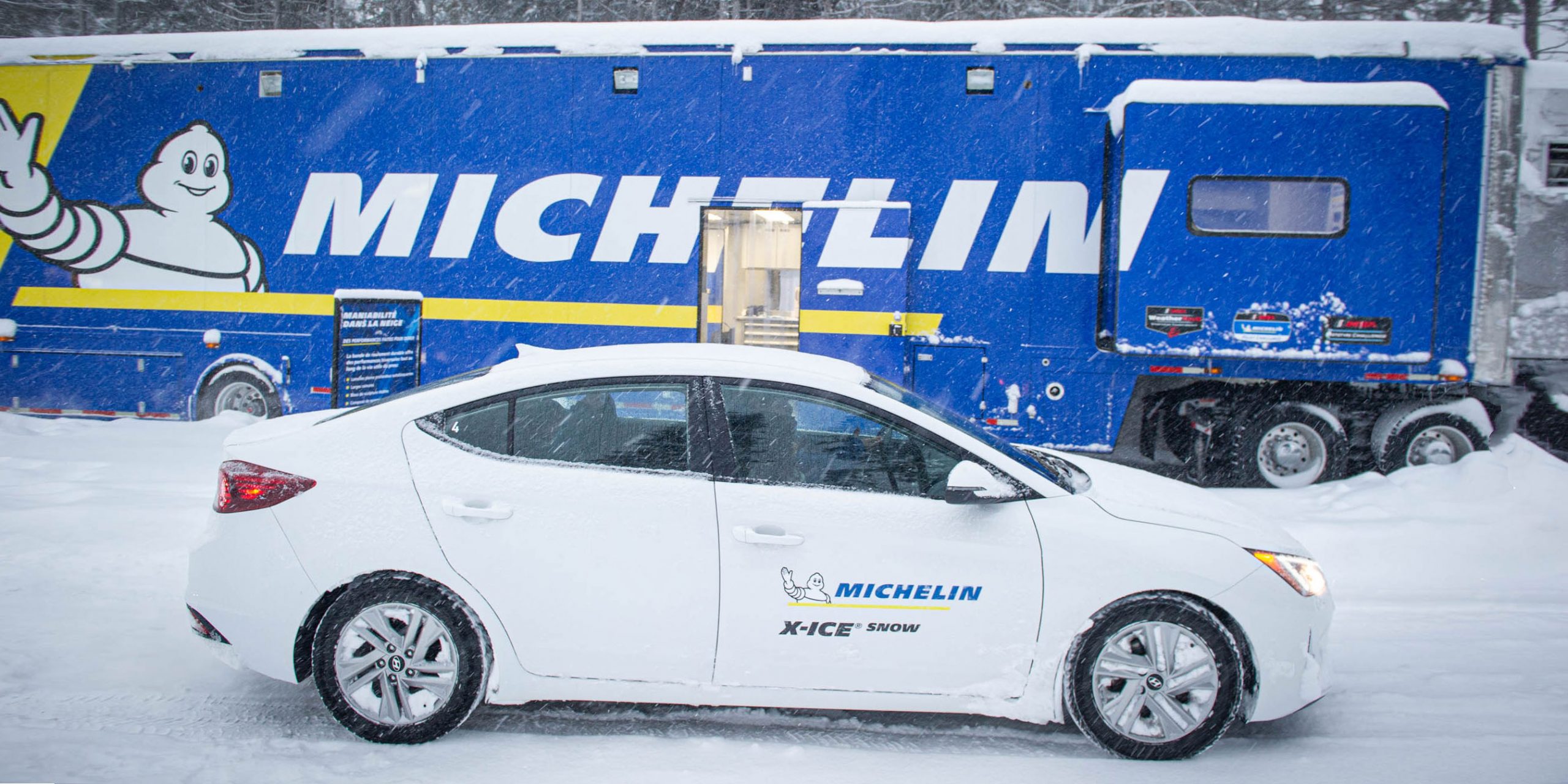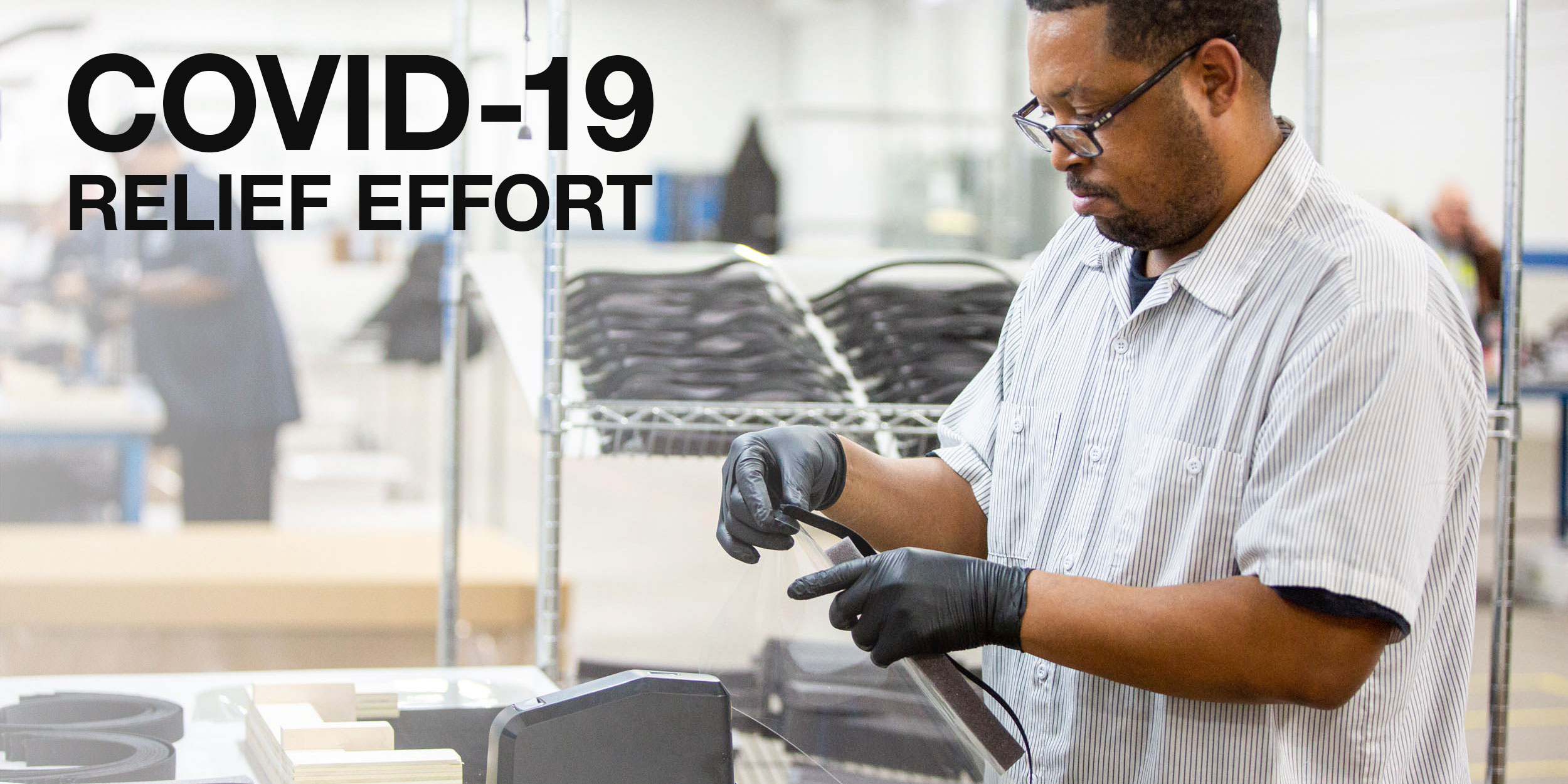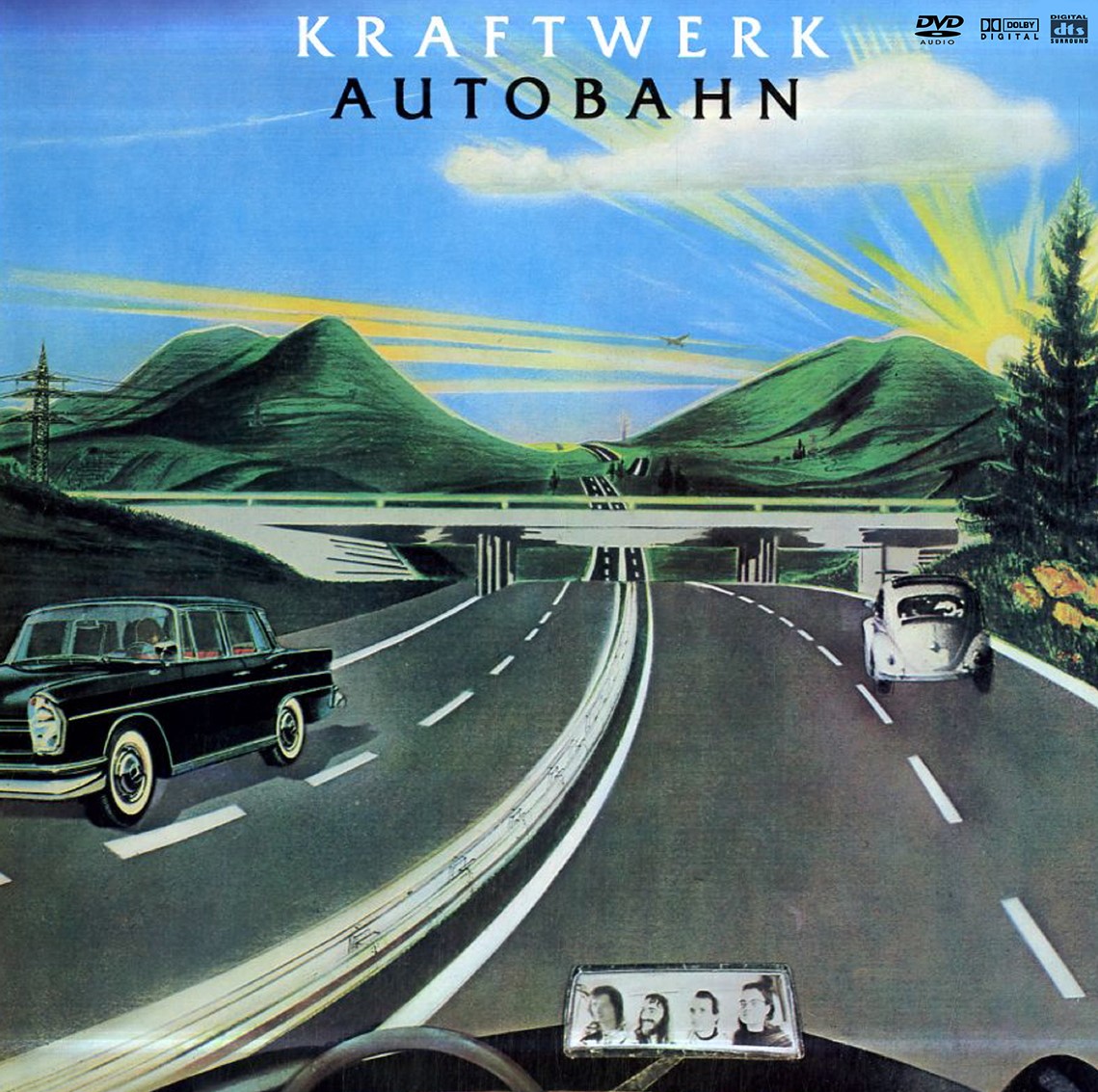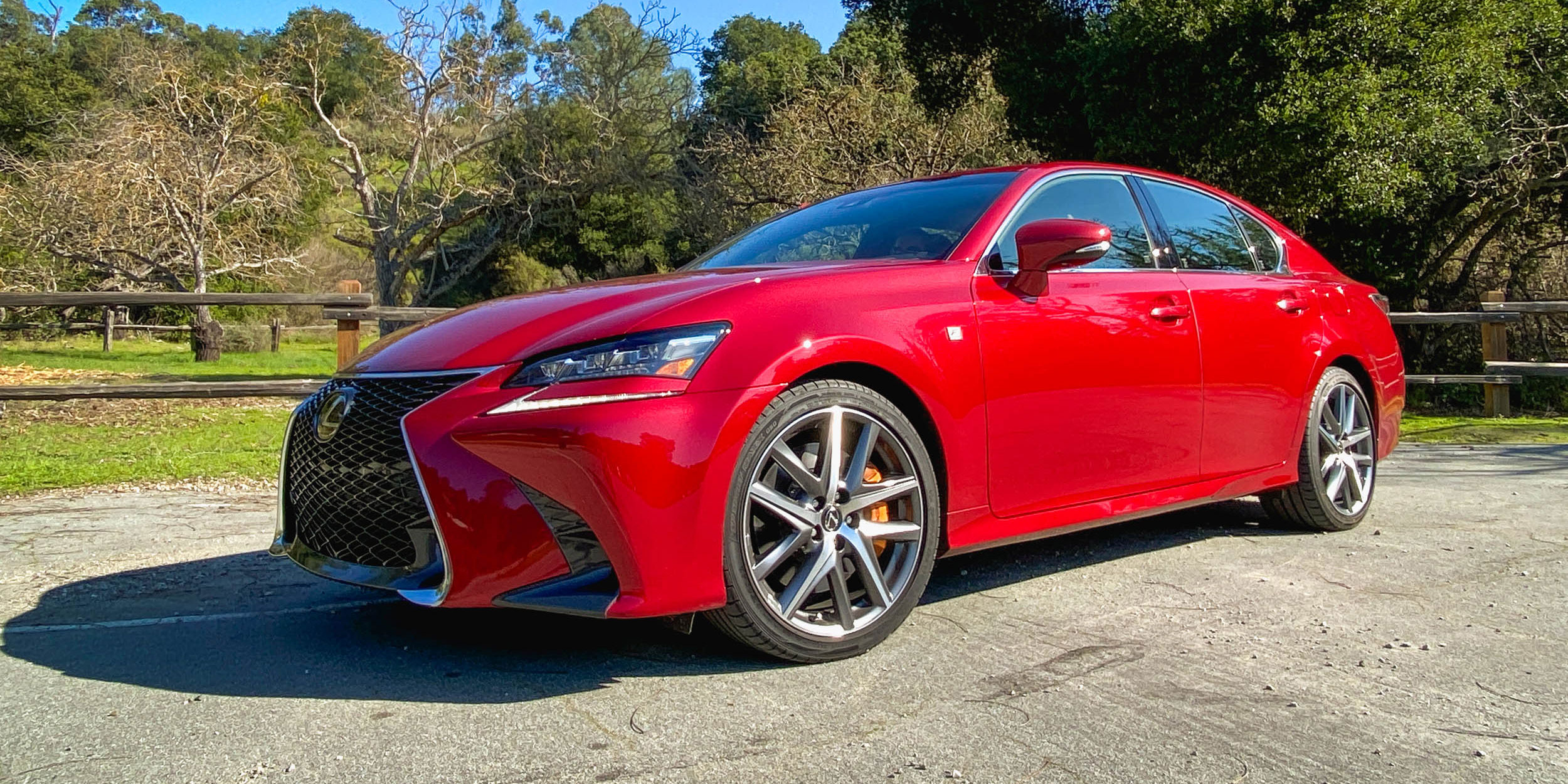
Words and Photos by Jill Ciminillo
I’m not going to lie. The technology on the 2020 Lexus GS 350 is out of date. So, if you’re looking for Waze integration or Apple CarPlay, you won’t get it here.
However, if you want a smooth, everyday driver with a little pep in its step, you could do much worse than the GS 350 F-Sport.
The unfortunate problem with this midsize sedan is it hasn’t been redesigned or even significantly refreshed since 2015. This is a problem because a lot has happened in this competitive segment of the auto market in the past five years.
While Lexus has made graphic updates along with the addition of Apple CarPlay and Android Auto on most other Lexus vehicles, the GS has been passed over. We hope that means a complete redesign is coming soon. Like next year soon.
ONE ENGINE
One thing Lexus has changed in the GS lineup for 2020 is power. Gone is the base 4-cylinder engine and the GS 300 moniker along with is. Lexus cancelled the hybrid GS after the 2018 model year, leaving only the 3.5-liter V-6 to provide thrust for the GS this year. The 467 horsepower V-8 sticks around under the hood of the GS F, but that is another story.
Luckily the 3.5-liter V-6 is a nice engine.
It delivers 311 horsepower and 280 pound-feet of torque at a modest 4,800 RPM, To enjoy a little more character, simply flip over into Sport+ mode and you will be rewarded with a nice throaty exhaust note as well as more rapid throttle responses.
Additionally, Sport+ mode will hold revs much higher before delivering stomach-shaking shifts – at least under hard acceleration.
Like pretty much every other Lexus, the GS feels solid and well-built. It is a very comfortable highway partner providing a semi-serene ride when cruising in the 75 to 80 mph range. Those 311 ponies under the hood can be deceiving because the engine just sings along while cruising but there is plenty of power on hand for smile inducing passing maneuvers when other drivers can’t seem to keep up with the flow of traffic.
One area the V-6 did not particularly shine during my time with the Lexus GS 350 was fuel economy. It was not what one might call stellar. I only averaged about 19 mpg when EPA estimates the GS should get around 22 mpg in combined driving.
SWITCHBACK SMILES
Since I had some spare time while visiting the Mountain View area for a family gathering, I decided to make a trip up to Ridge Vineyards near Cupertino, Calif. The vineyard and tasting rooms are located high on Black Mountain, which means there are plenty of twisty challenging roads on the way up. Personally I couldn’t wait to see how the GS would tackle these narrow mountainous roads. I found there is a lot to love about the ride and handling.
Lexus offers both rear-wheel-drive and all-wheel-drive variants of the GS but my particular test vehicle was a RWD model. As we turned onto Montebello Road, we were blessed with an immediate hairpin on an incline. I smiled as I started to seesaw the wheel while balancing the throttle. I knew I wouldn’t be able to do much more than 35 mph with all the twists and turns, not to mention all the cyclists doing their best to climb the mountain. The narrow roads rose and fell, offered on-camber and off-camber turns and really gave me the opportunity to break a sweat behind the wheel.
I was surprised at just how nimble the Lexus GS 350 proved to be, especially with a curb weight of nearly 4,000 pounds.
The GS remained planted, and the grippy tires allowed for easy transitions.
The turning radius is very tight — which not only served me well on hairpin turns but also during the numerous U-Turns I had to make when dealing with California roads.
The only complaint put forth by my husband: The bolsters didn’t provide enough support to hold him in his seat during my spirited maneuvers.
DESIGN
In profile, the Lexus GS 350 could essentially be any midsize sedan. There are no specific characteristics to make it stand out from the crowd. My tester did have optional orange brake calipers ($300), which added a visual spark, but the GS is pretty plain.
The front and rear of the GS do provide a little more visual excitement. I know not everyone is a fan, but I really like the hourglass Lexus grille, and the recurring zig-zagged “L” motif pattern it prominently displays. The ornate headlights and taillights tie everything together.
The interior is a mix of outdated tech combined with mostly luxurious materials. In my opinion, it is potential unrealized.
I loved the perforated black leather seats with white reverse stitching. The supple, leather-wrapped steering wheel felt good in my hands, and the white stitching that pulls it together looks premium. There is an analog clock between two vents in the center of the dashboard that provides a bit of class to the interior while the diamond patterned inserts add a bit of sporting flair.
The instrument panel is an interesting combination of analog and digital that began with the Lexus LFA way back in 2011. It does work well and the analog tach with the digital speedometer is a nice mix of old and new. Even the digital display to the left of the tach, though slightly dated in appearance, is fine and provided a fair amount of information.
It is the 12.3-inch display screen on the center stack that makes a clear statement that the tech in the GS has been ignored for a few years. The four-color screen is not as sharp or colorful as it could be, and the radio and map graphics are definitely subpar.
I did like the location and position of the display screen, however, as it was set back from the reach of grubby hands and it was well-shaded from glaring sun beams.
After a solid year of having Apple CarPlay in most of my test cars, though, the lack of this feature in the GS was noticeable. Especially since I rely on my phone apps for navigating and I was driving in unfamiliar territory.
STANDARD SAFETY
Though some of the app technology is outdated, the safety tech is not. Or at least not by much. Standard on the GS is the Lexus Safety System+, which includes automatic emergency braking with pedestrian detection, adaptive cruise control, lane departure alert, lane keep assist, and automatic high beams.
I say “not by much” because Lexus is up to 2.0 for it’s safety system, which adds bicyclist and low-light pedestrian detection into the automatic emergency braking as well as road sign assist and lane tracing assist. The latter two features are nice-to-haves, not must-haves.
So, for all intents and purposes, the safety tech on the Lexus GS 350 is mostly up to date.
CURIOSITIES
Outside of my tech complaints, there were a few other things that just weren’t right in the Lexus GS 350.
The first is the heated steering wheel. I love me some finger heat on a cold day, but the GS only heats the positions at 9 and 3, so if you hold the steering wheel at any other location, you won’t feel the heat.
Another is the fact that the rear seats don’t fold flat to provide extra cargo loading capability. The trunk is voluminous with 18.4 cubic feet of space, but if you need to load anything long and flat through the back, you’re out of luck. There’s a small pass through for something like skis, but that’s it.
And the last is the turn signal stalk. I waged a constant battle with this wand because it never quite did what I wanted. If I pushed too hard, it stayed on too long rather than the three-blink signal I was looking for to change lanes. And then when I went to turn it off, I’d invariably press too far the other direction, and the opposite blinker would turn on. Flip, grumble, repeat.
It was vicious cycle that drove me nuts.
THE CONCLUSION
If you don’t mind the tech foibles and can look at the Lexus GS 350 F-Sport as a means of fun transportation with room for four, it’s a really good and well-priced luxury vehicle.
Base price for the GS with rear-wheel-drive is $51,395. If you go all-in for the F-Sport with all-wheel-drive and every available option, the final tab will be just more than $60k.
A $9k spread between the base model and one that is fully loaded means you are getting a lot of standard amenities at the bottom of the food chain, and that’s commendable.
I have always liked how the GS drives and this experience was no different. In fact, it reminded me how sporting this midsize sedan truly is, even when it is not the top-of-the-line GS F. If Lexus invested a little on the tech side to bring things in line with the competition, or even other Lexus models, the GS would be an all-around winner.
